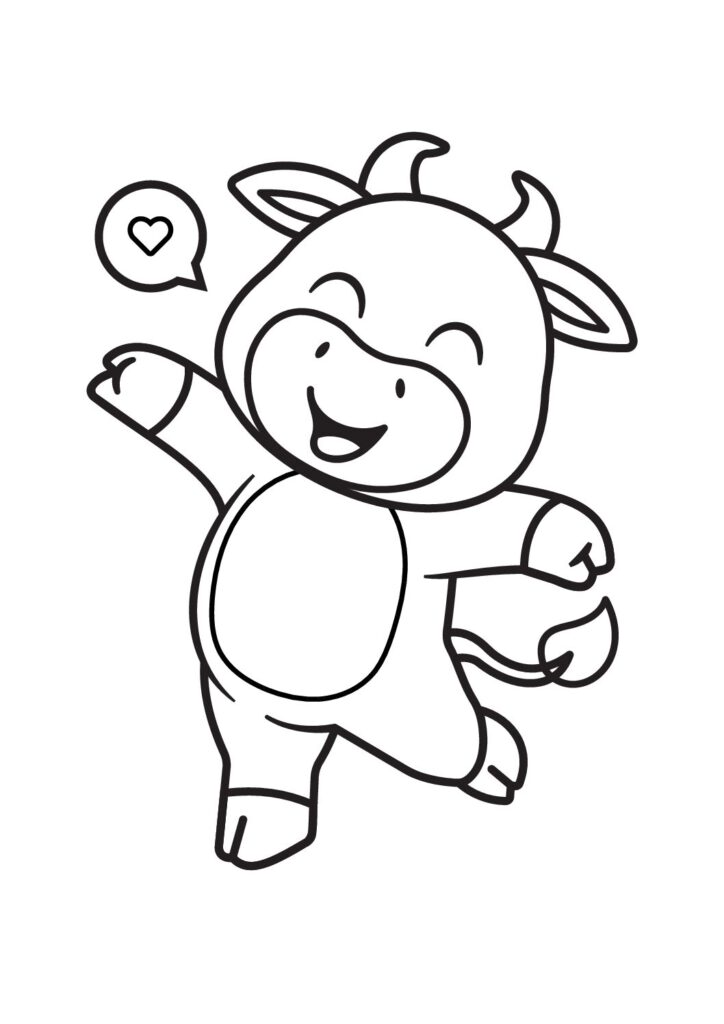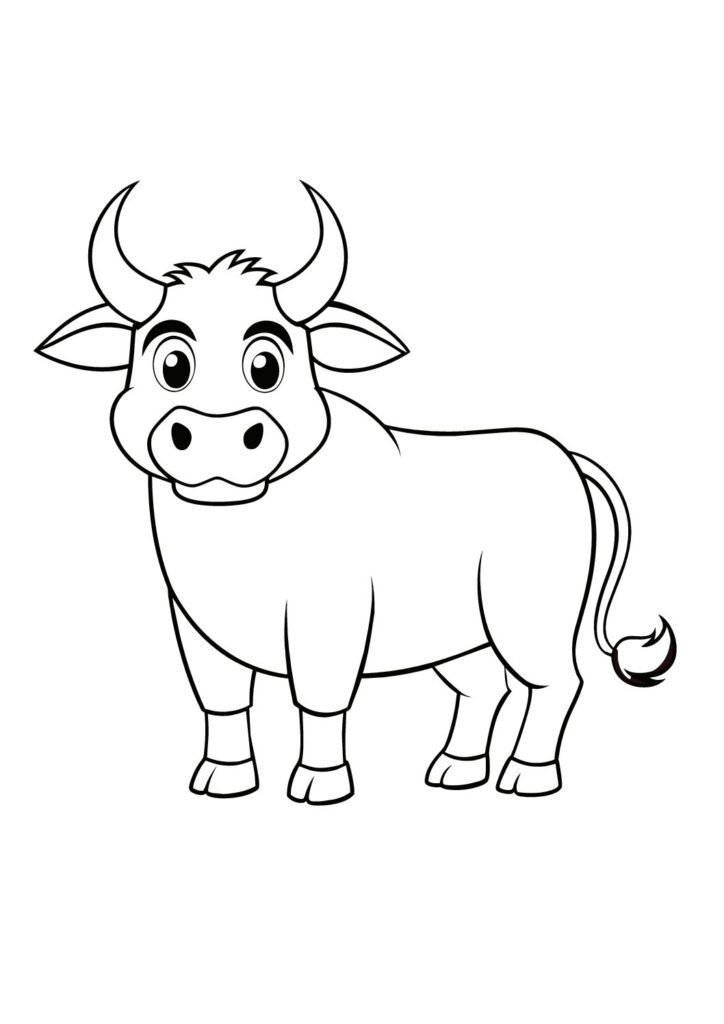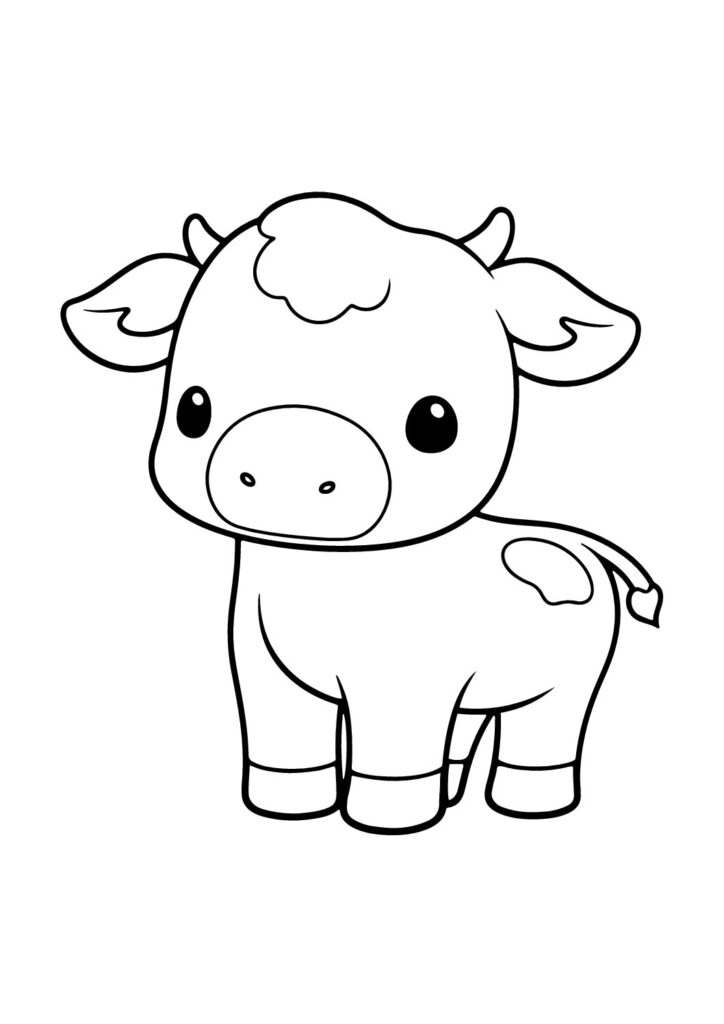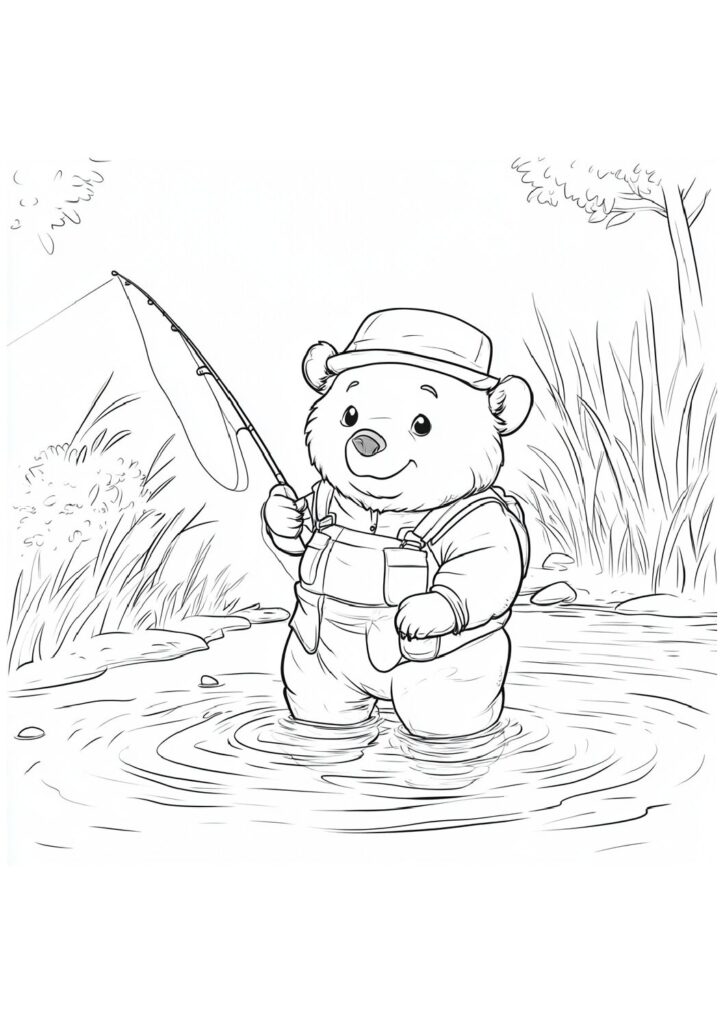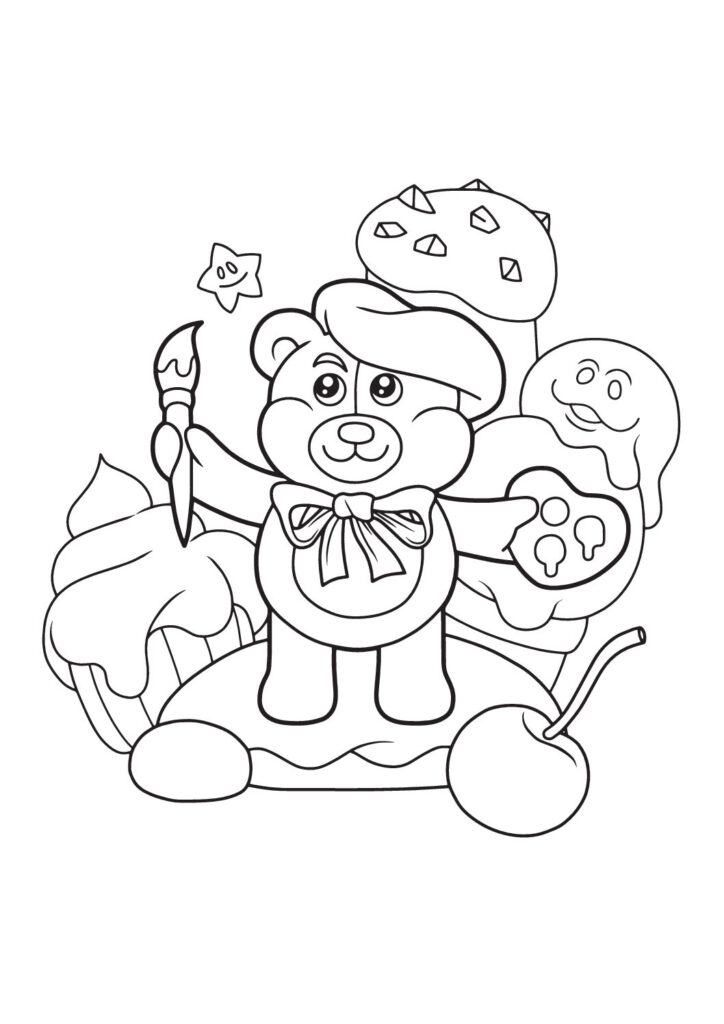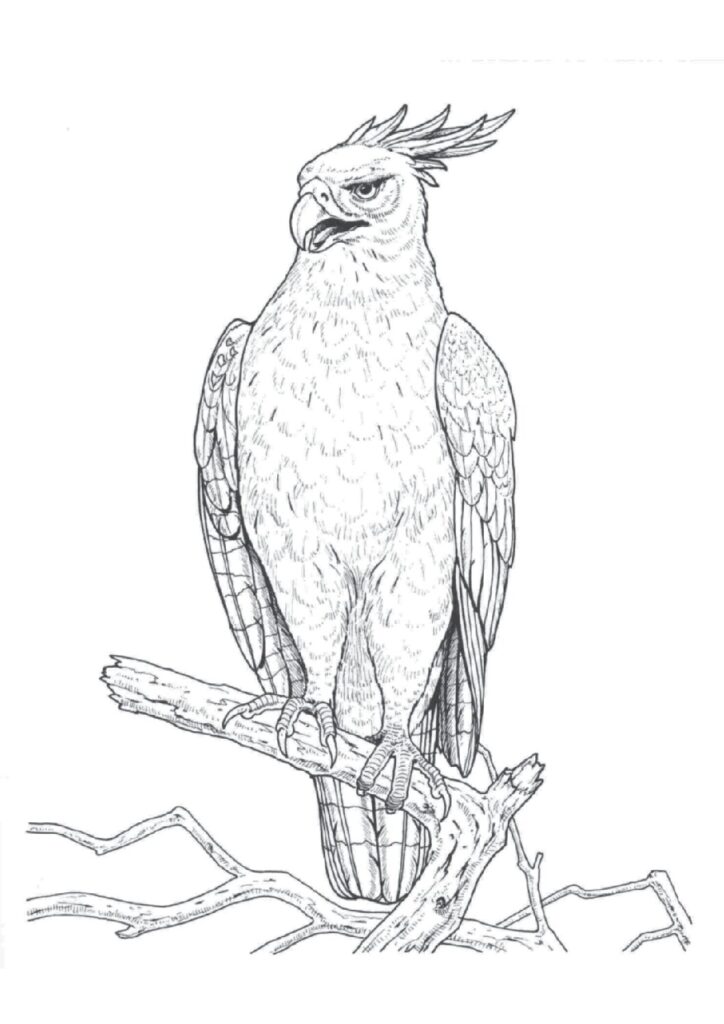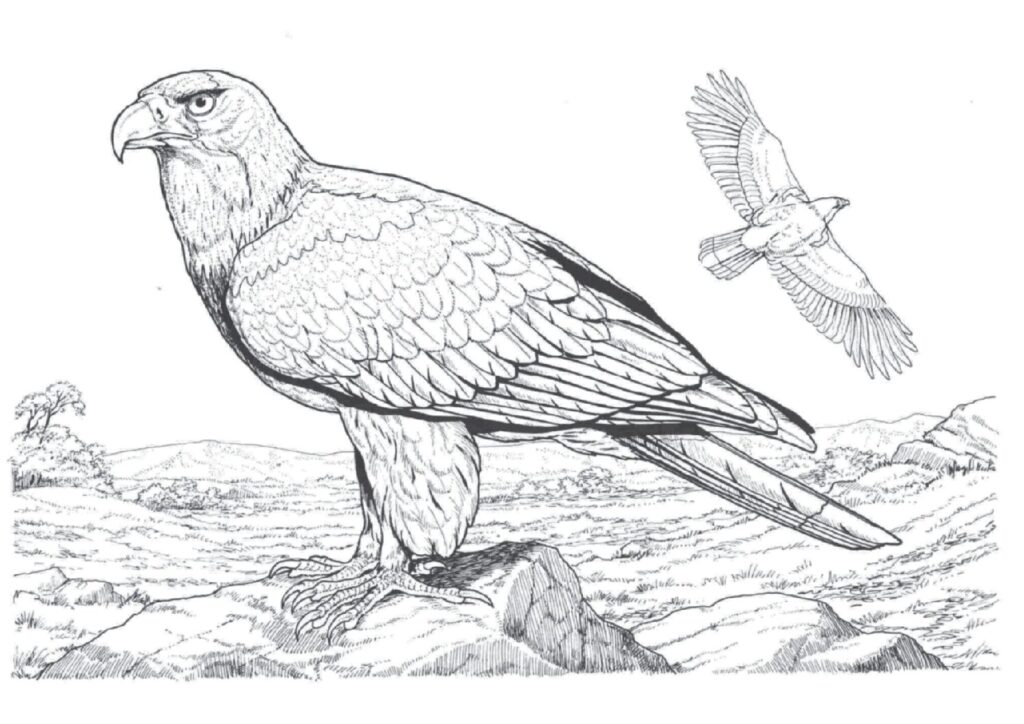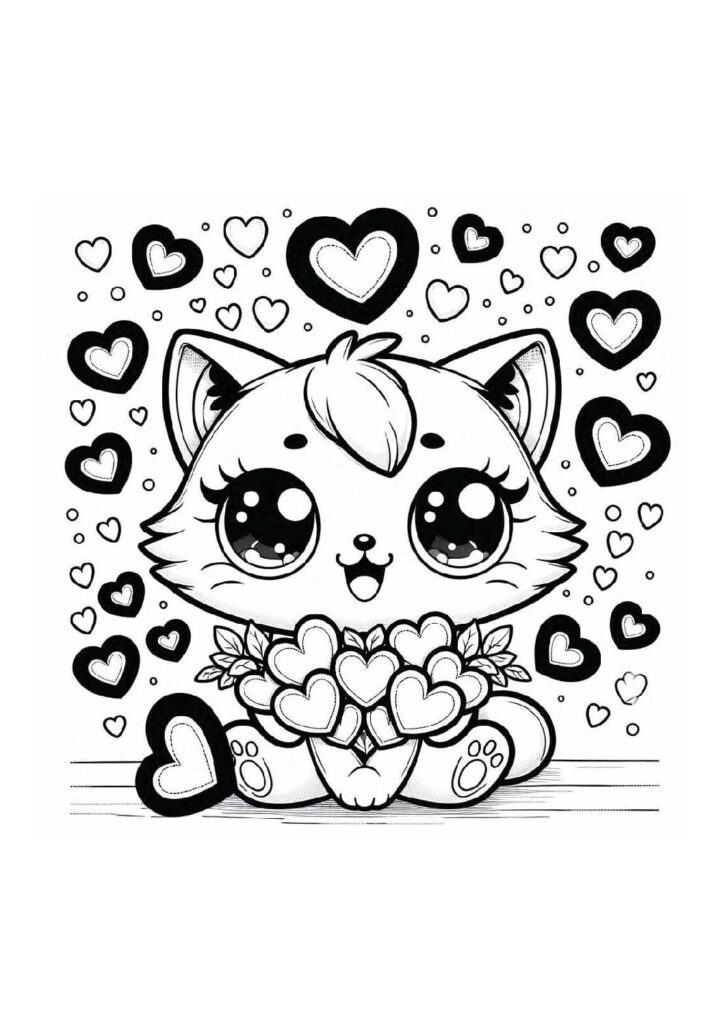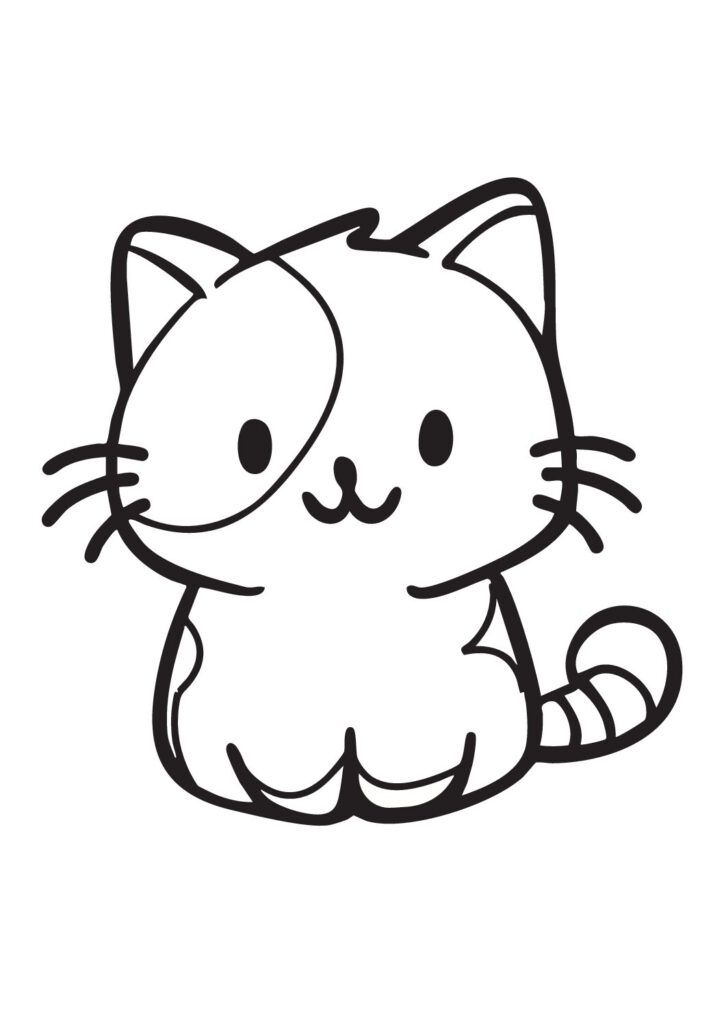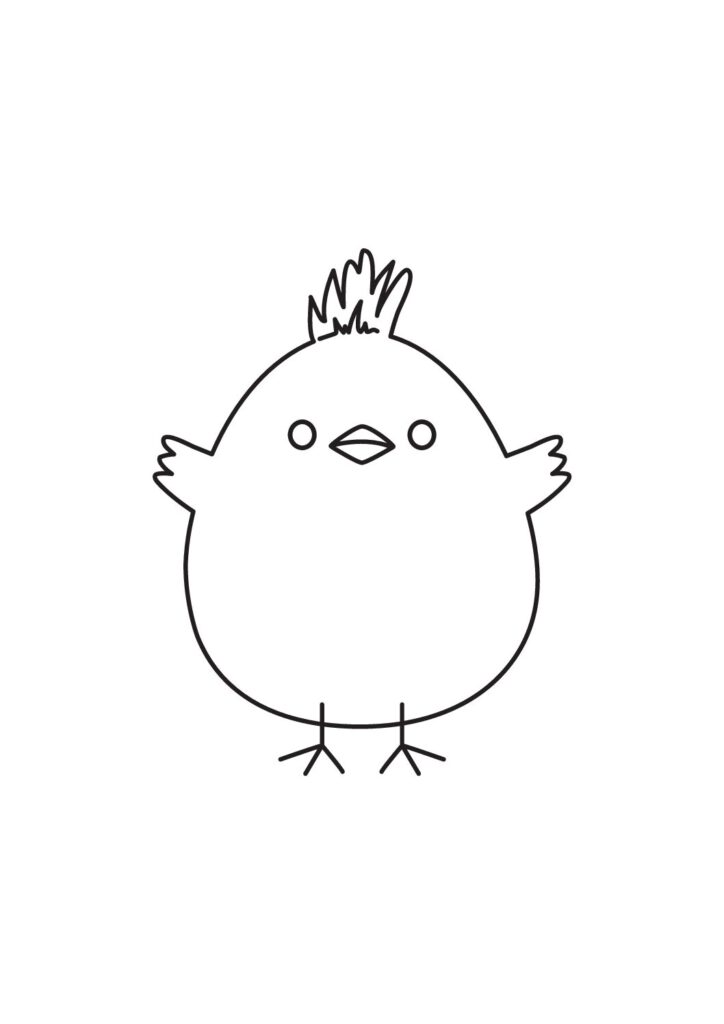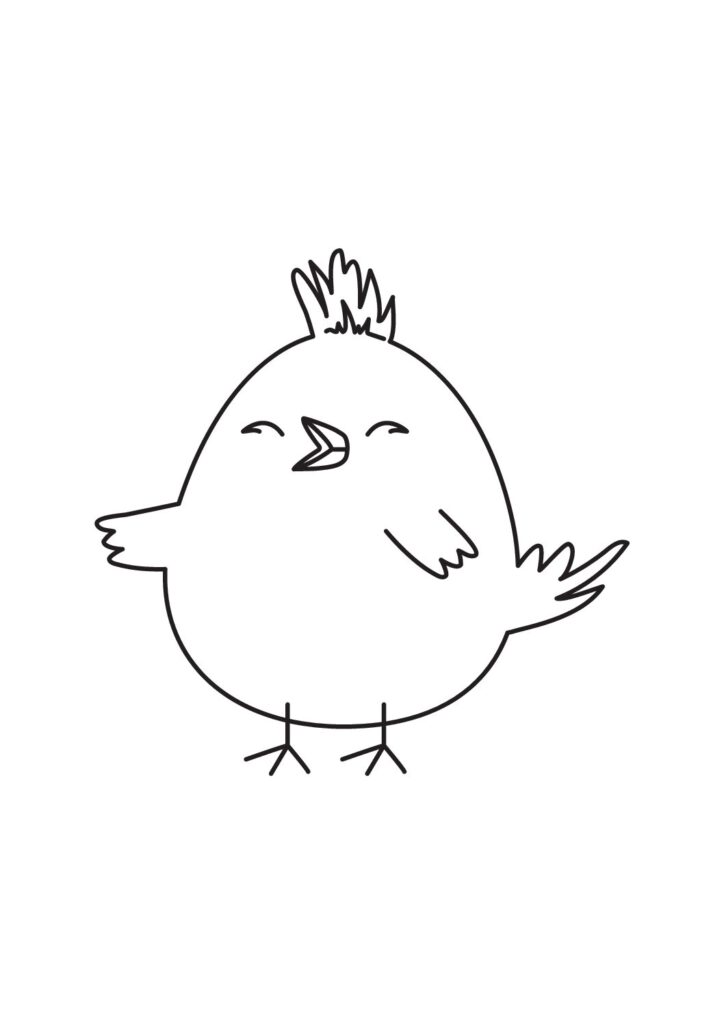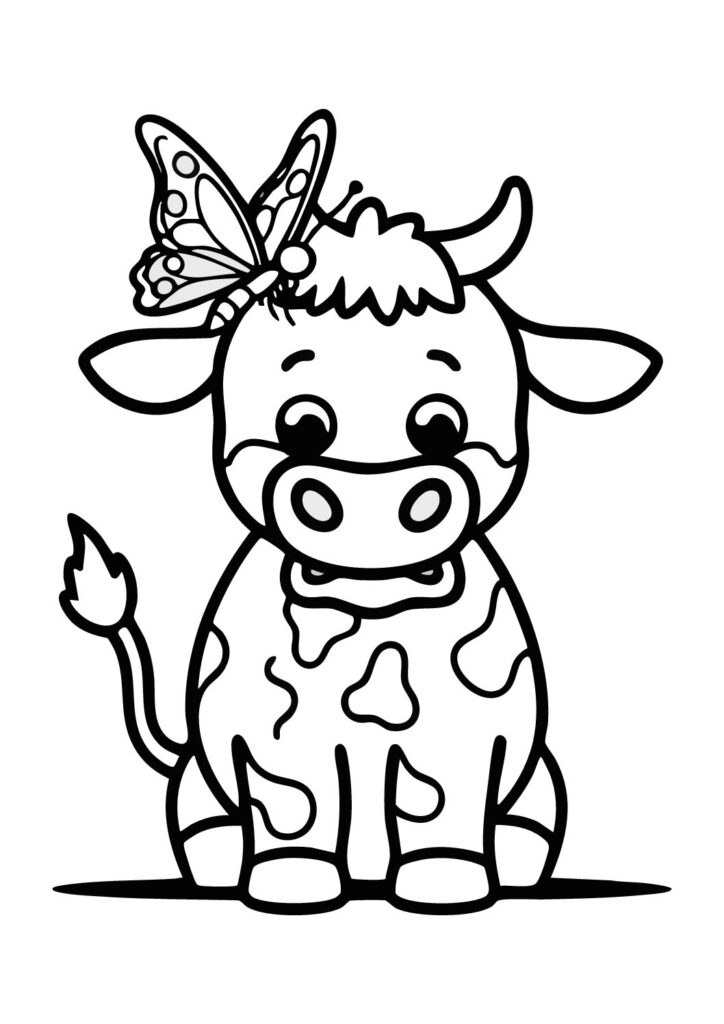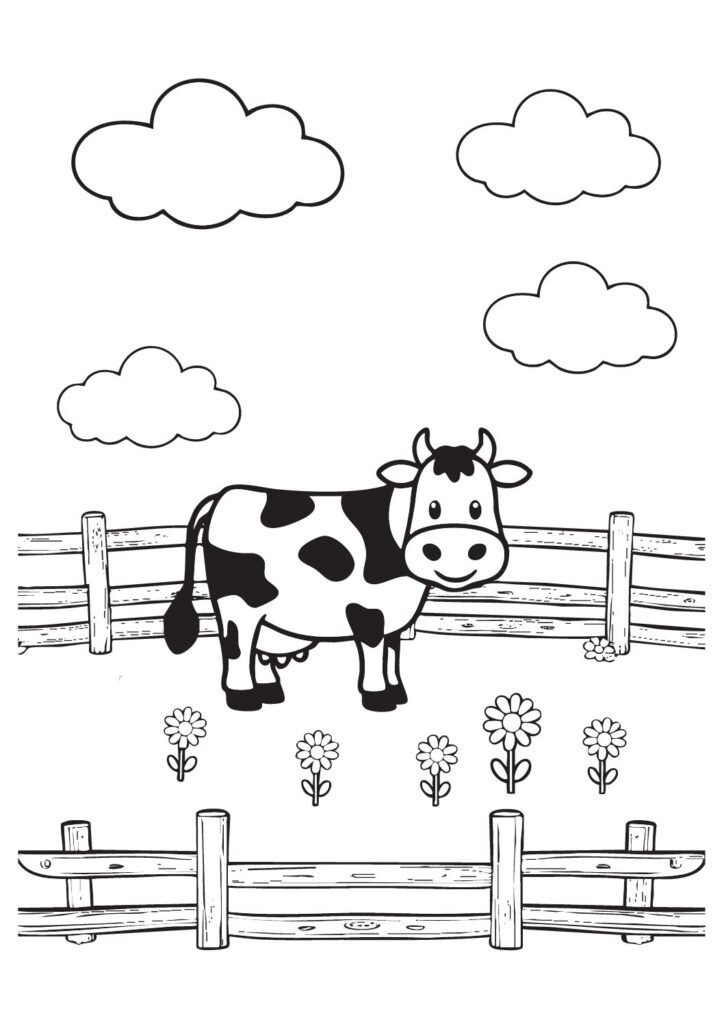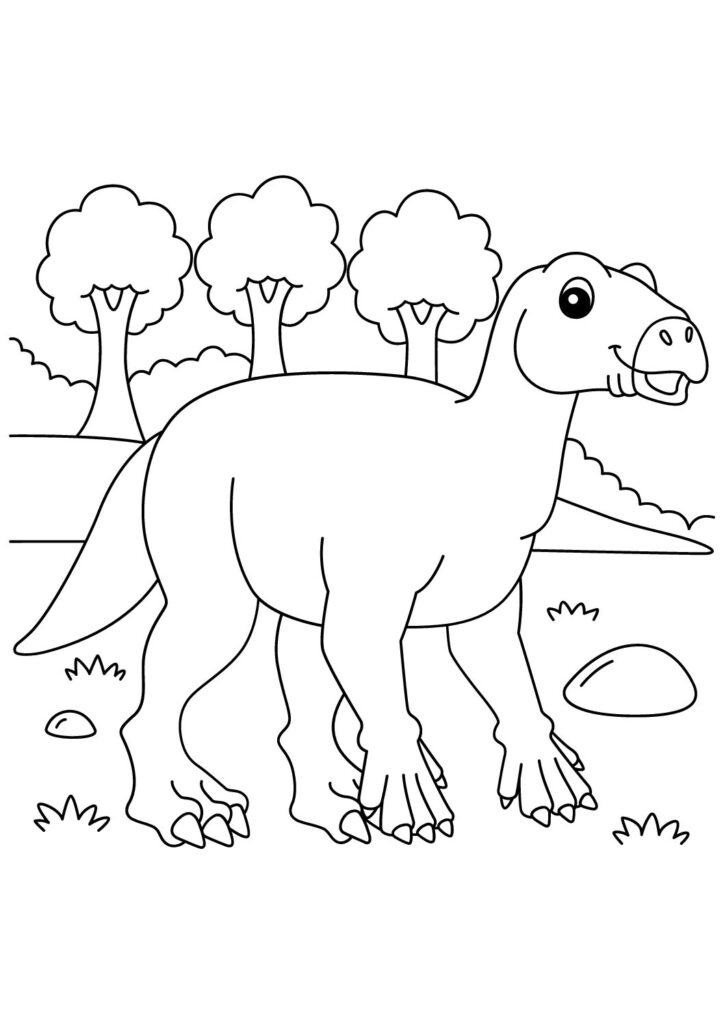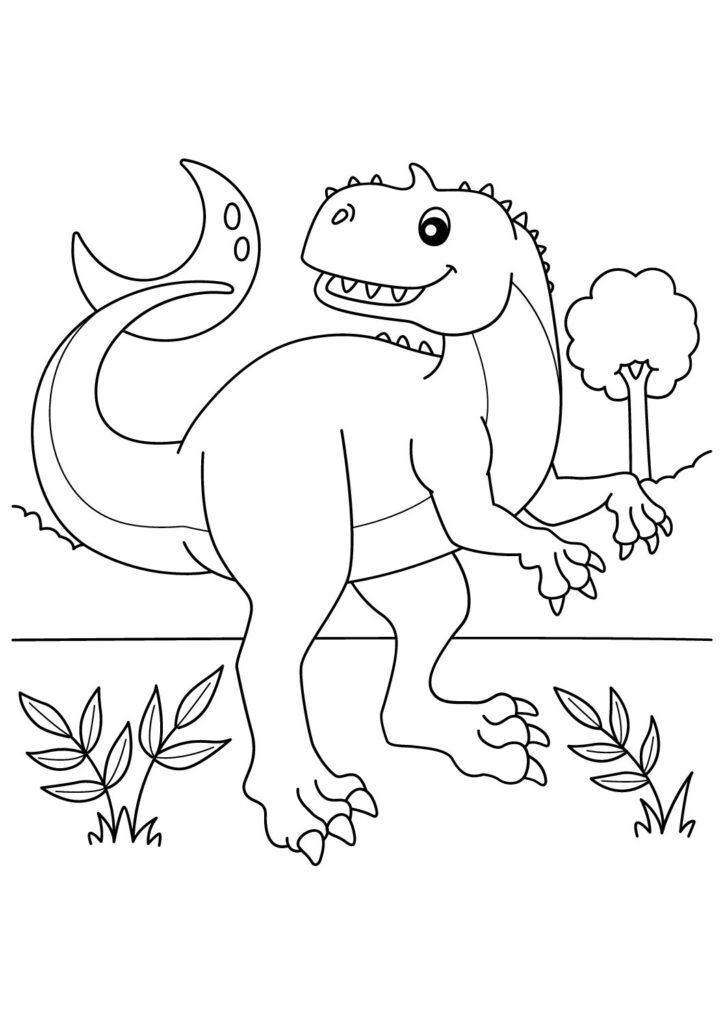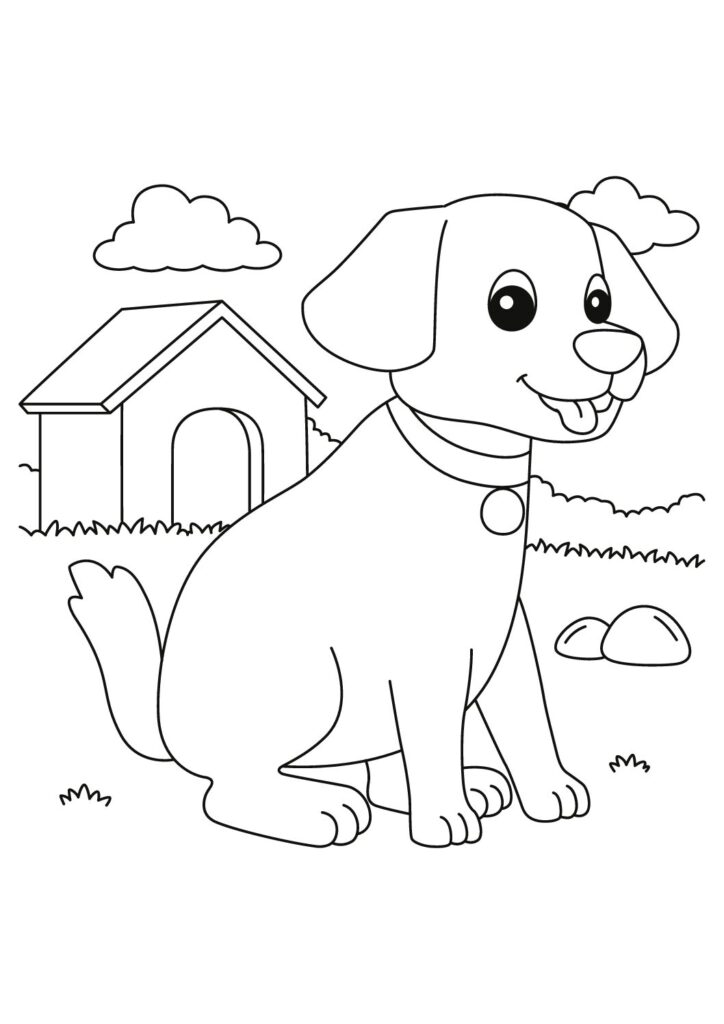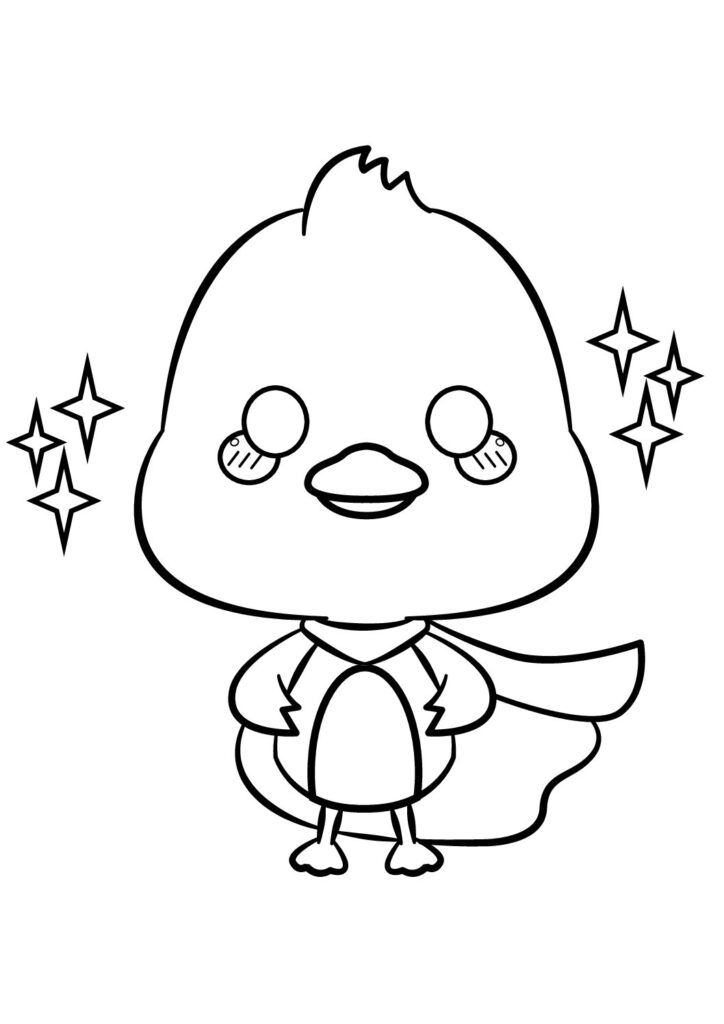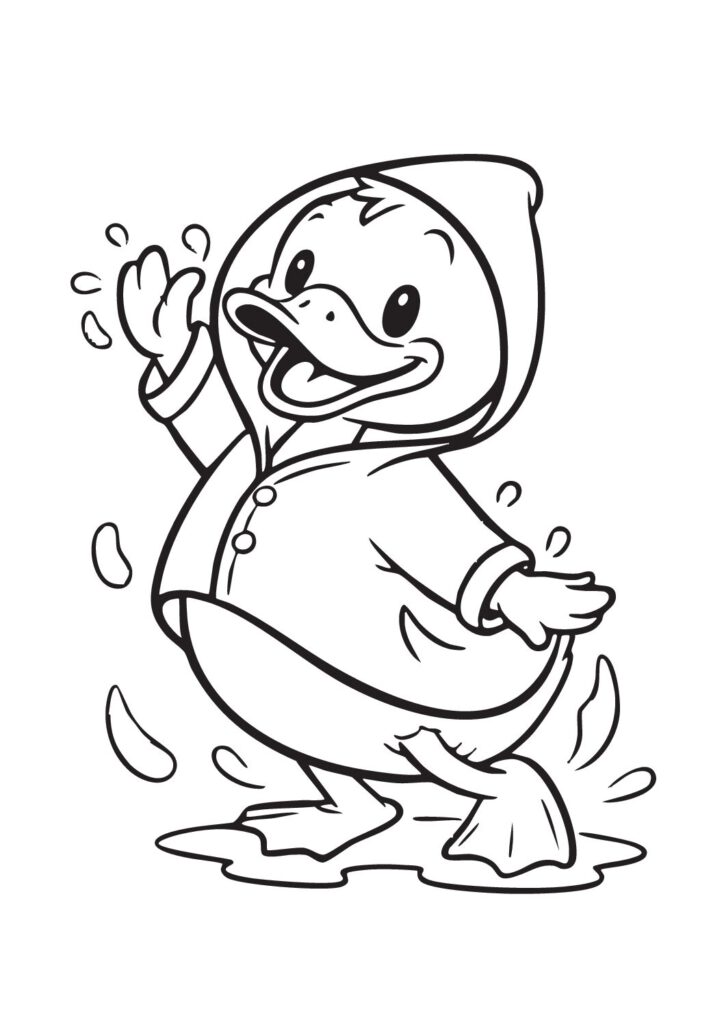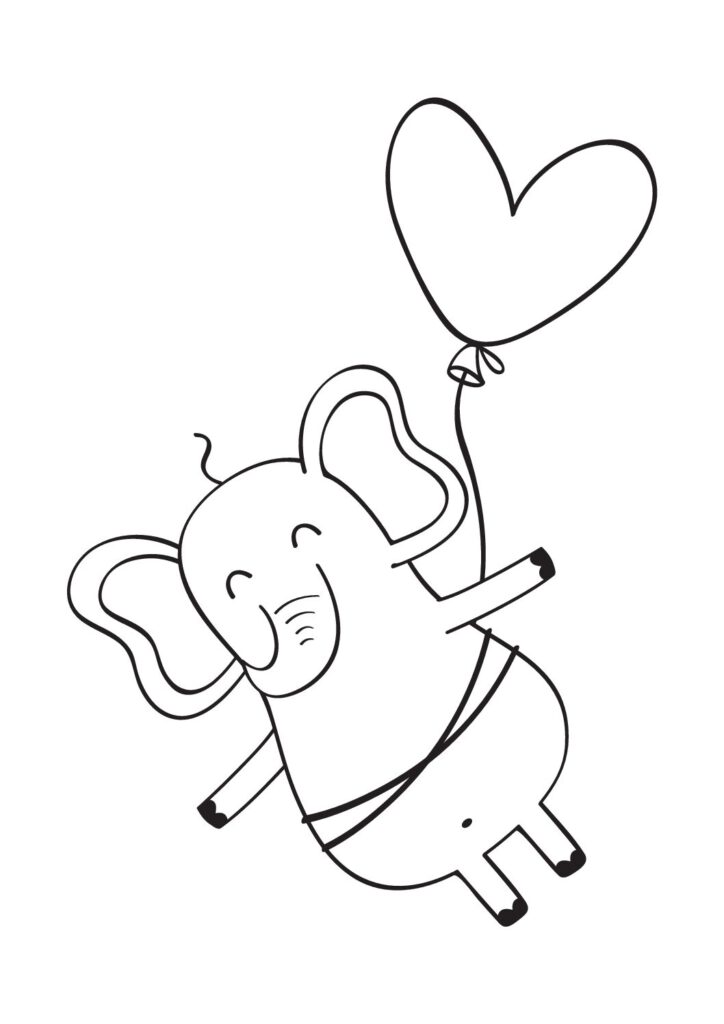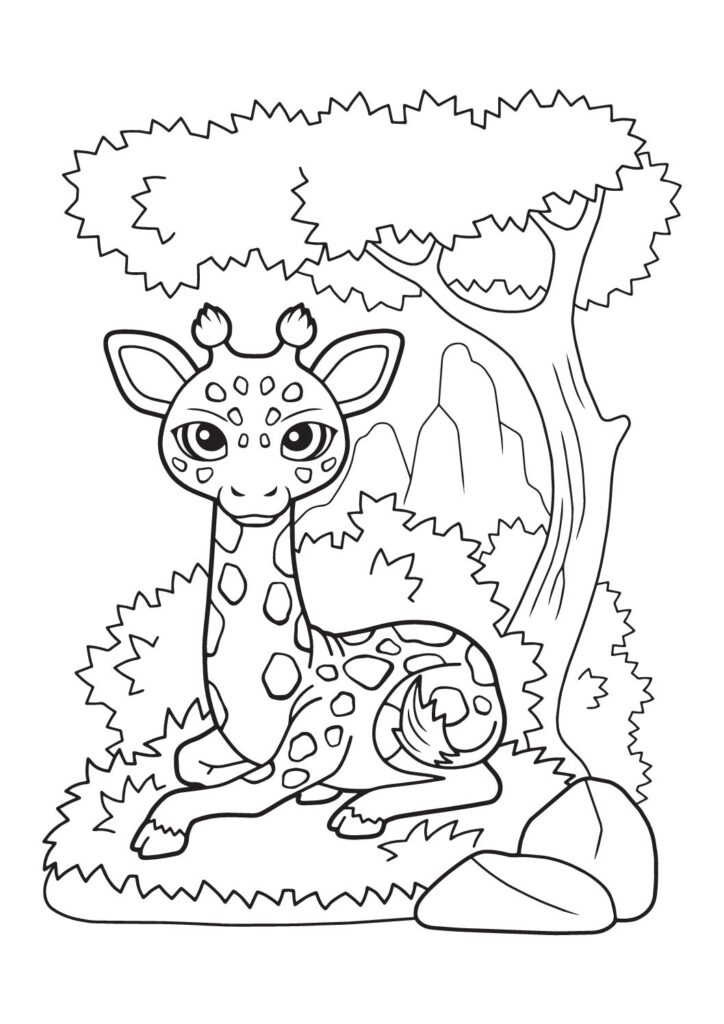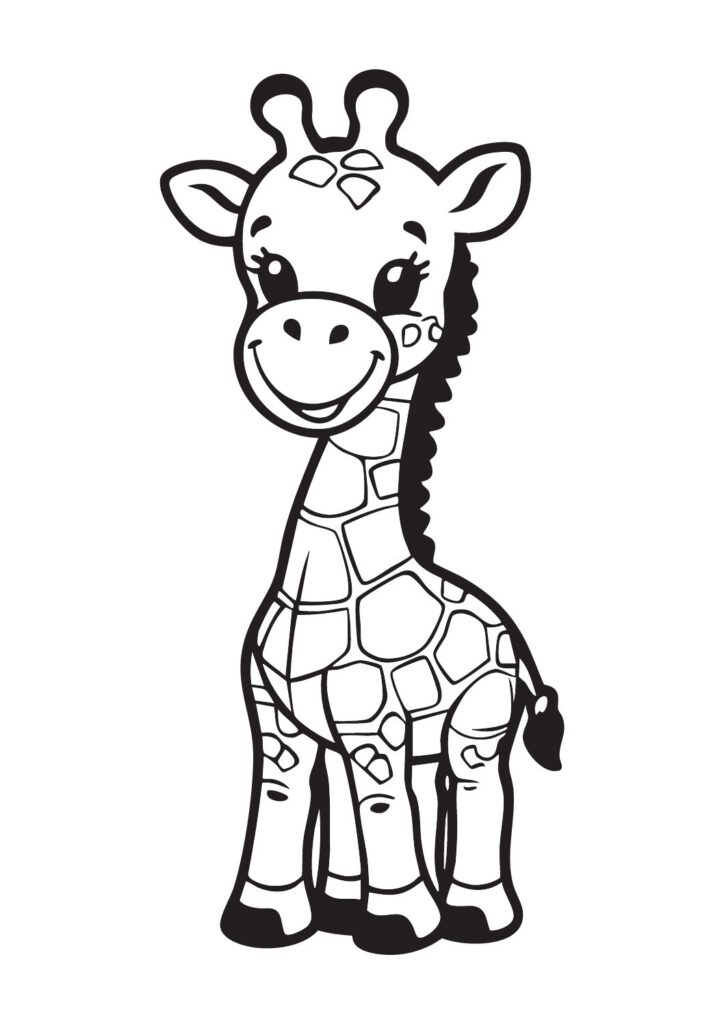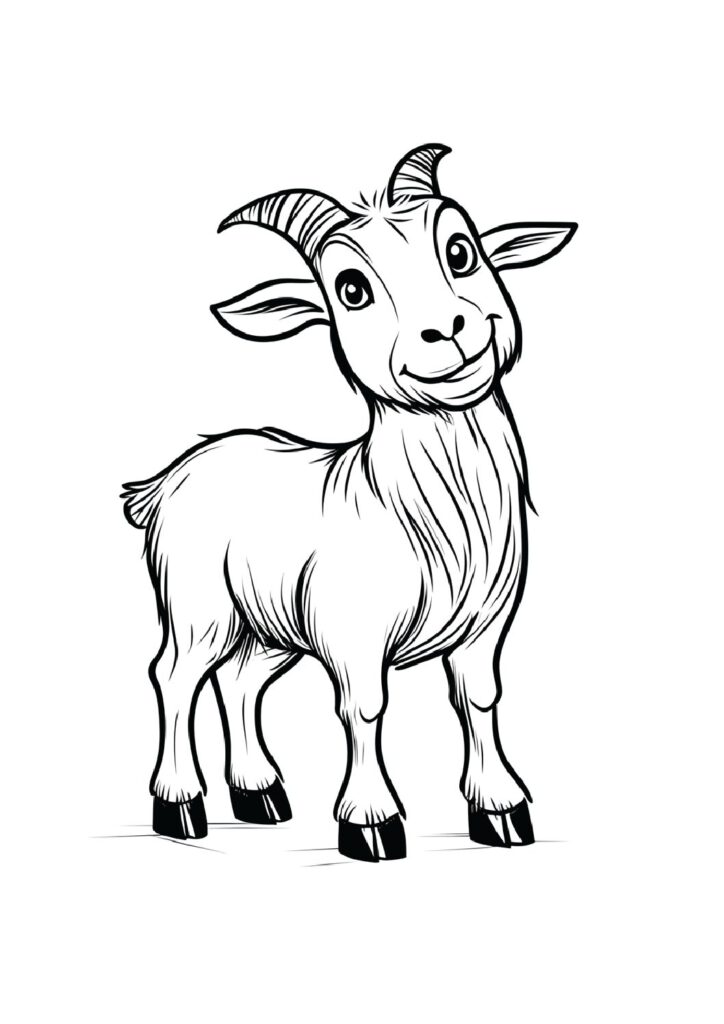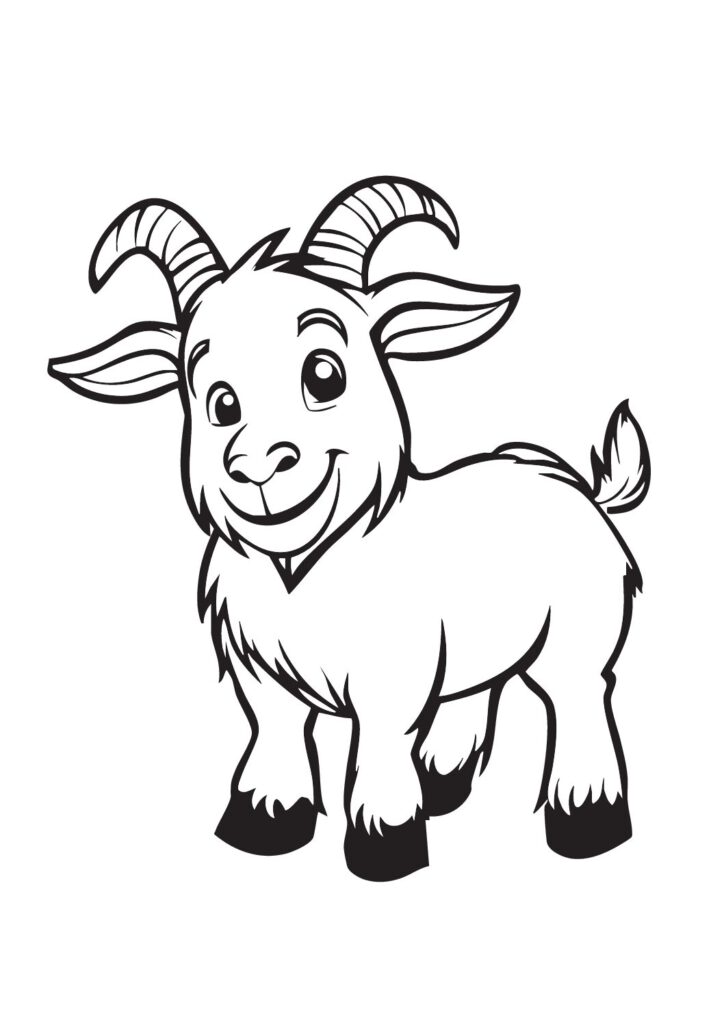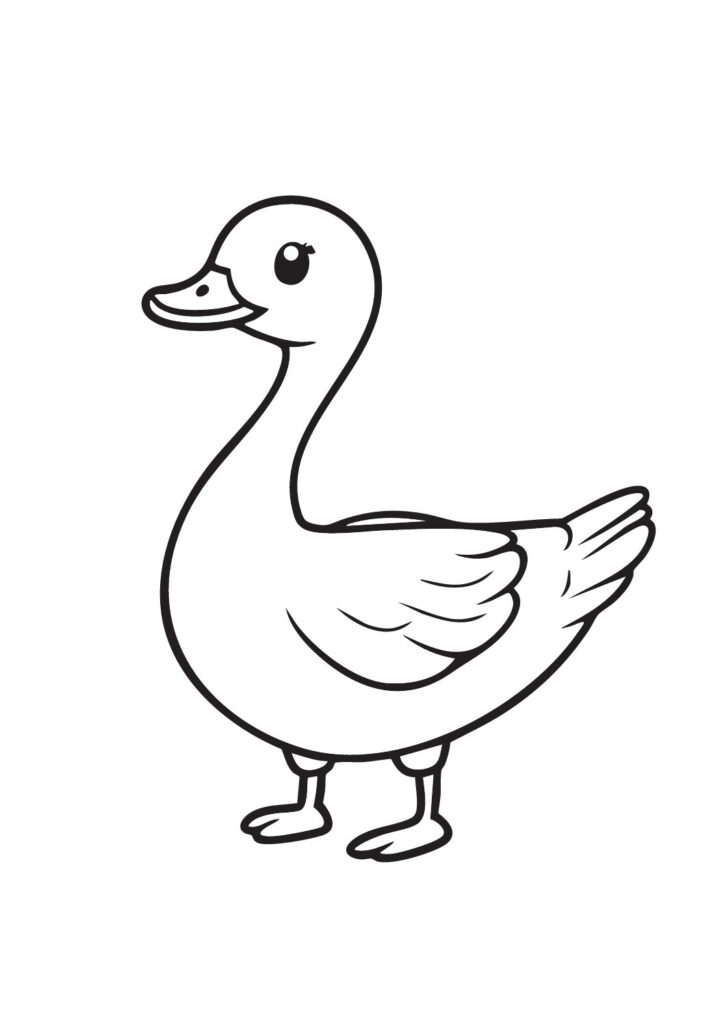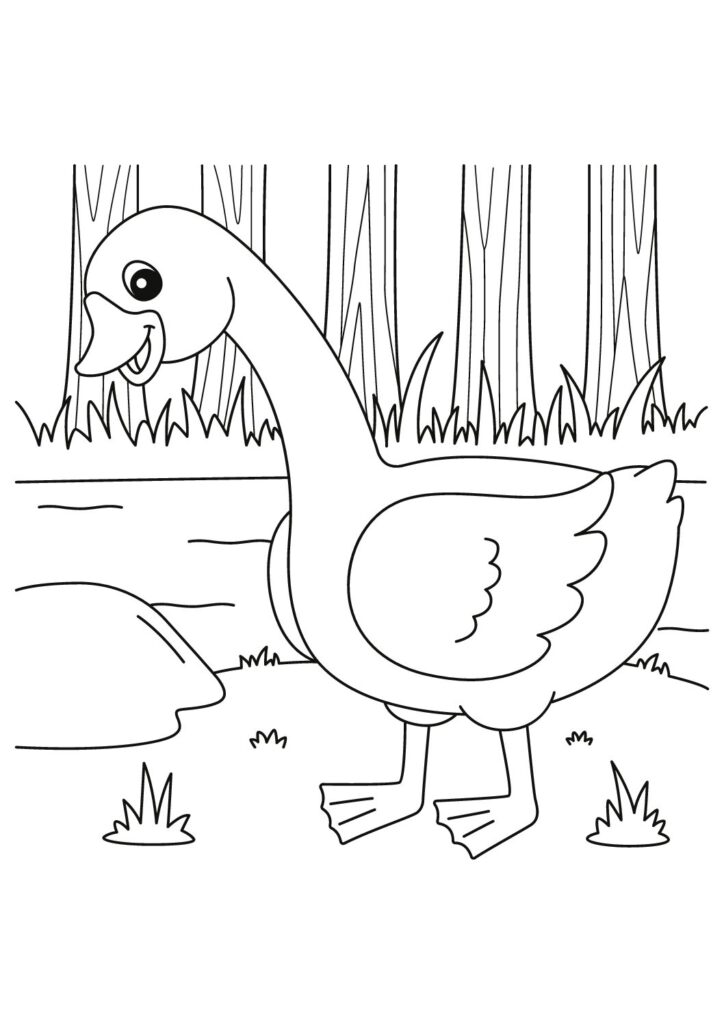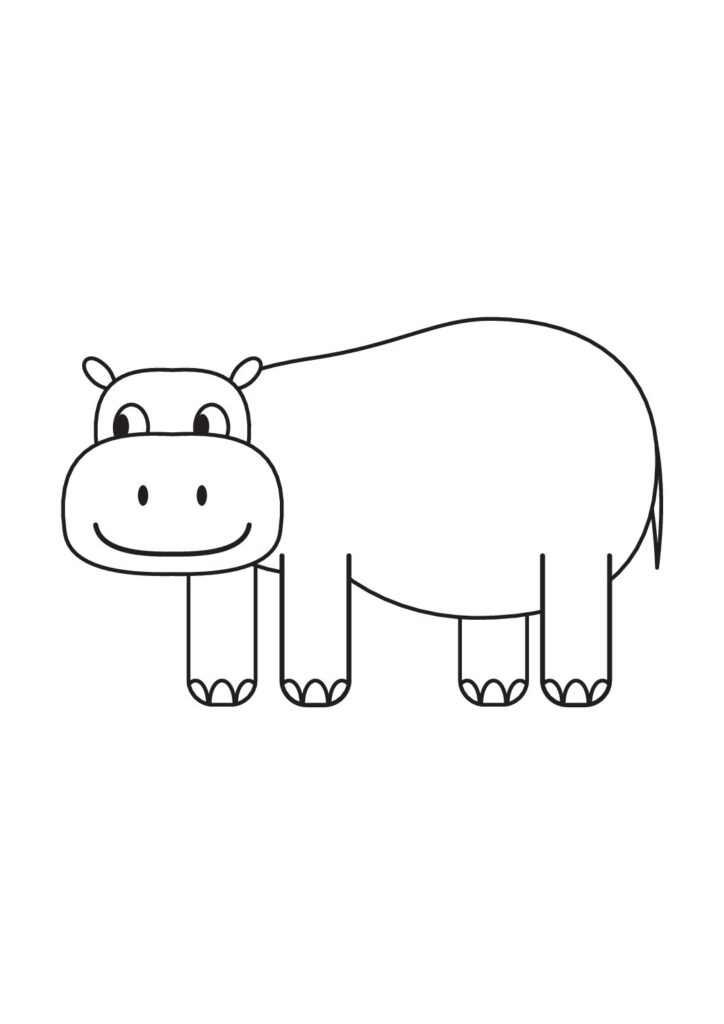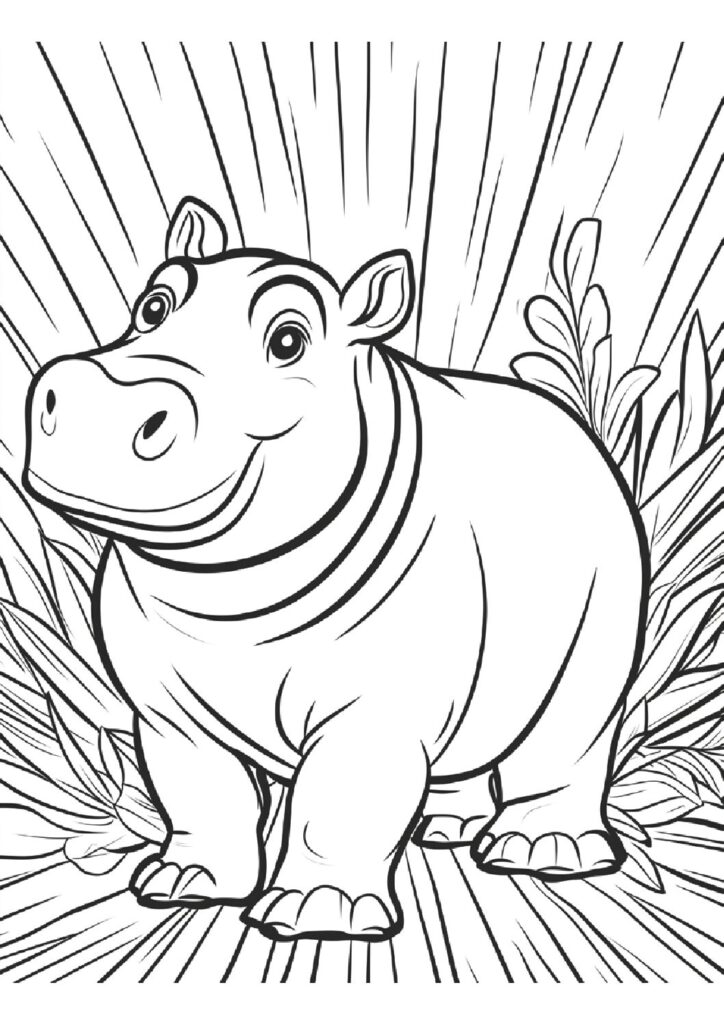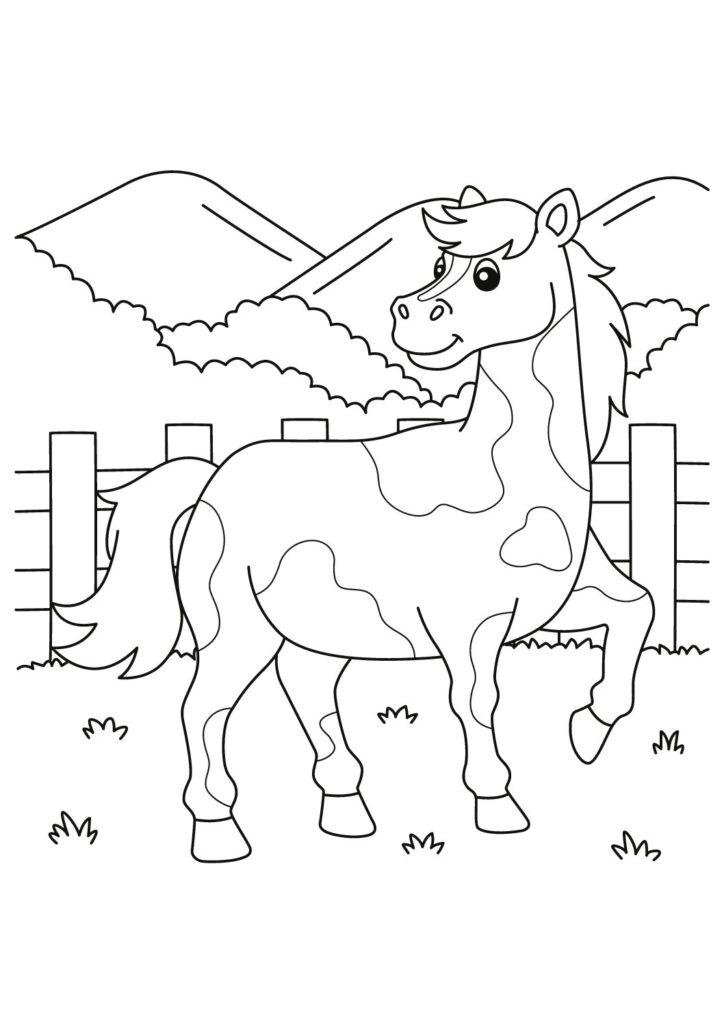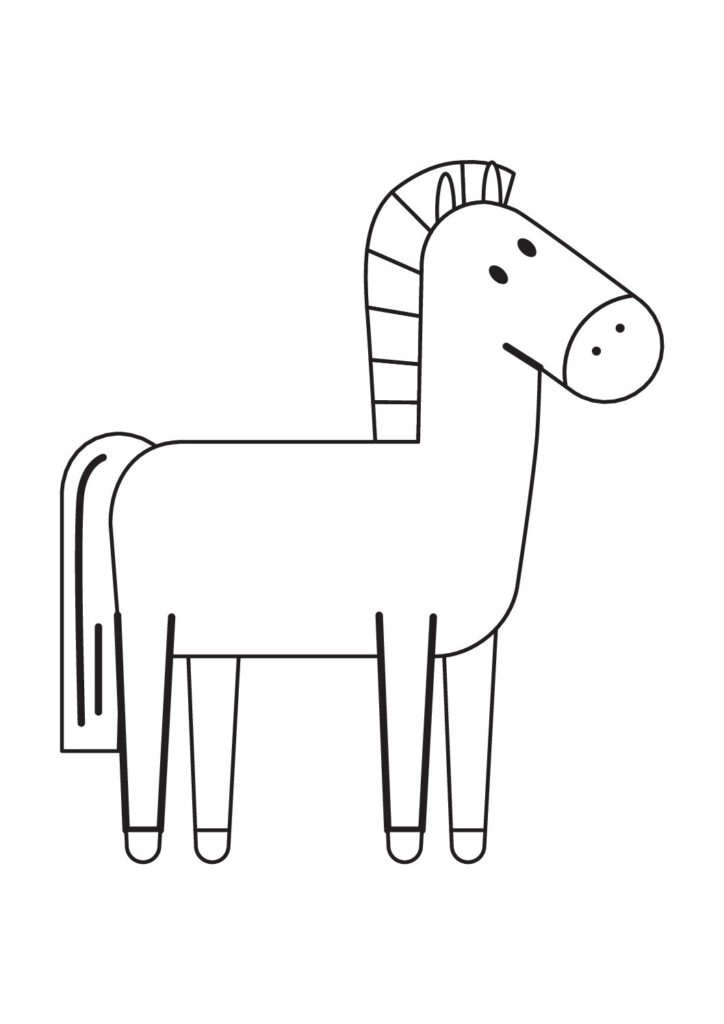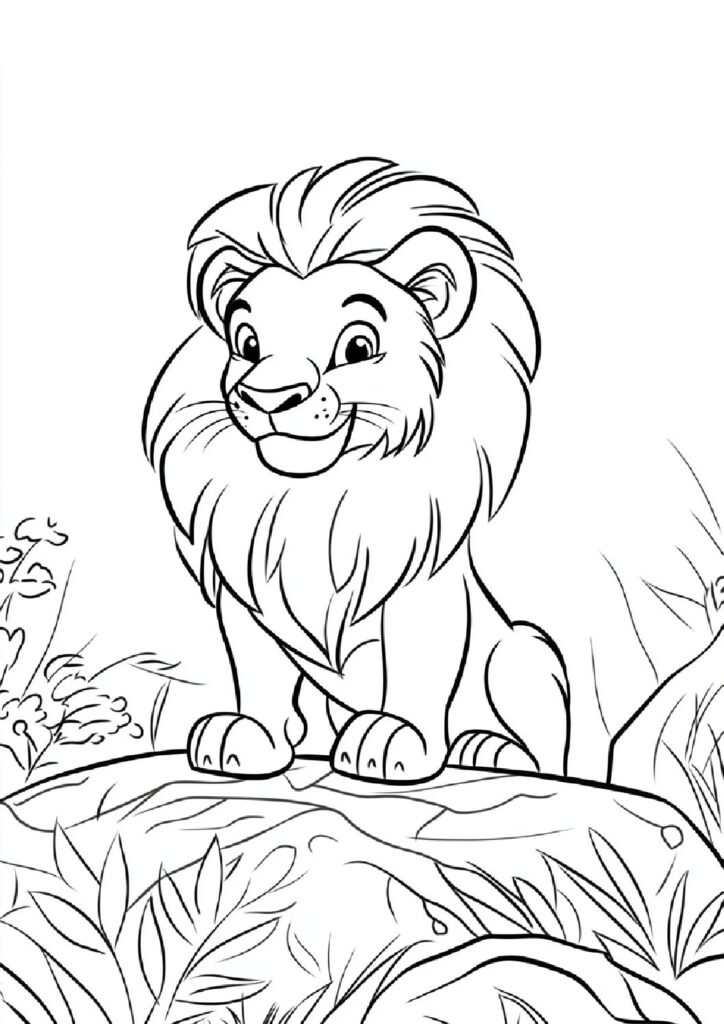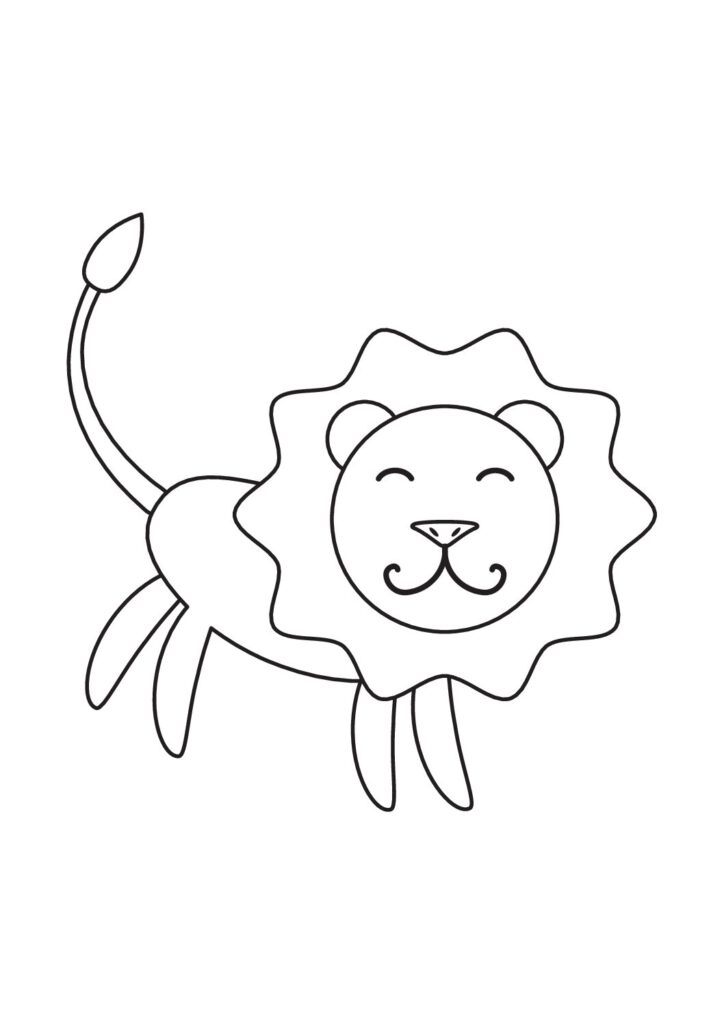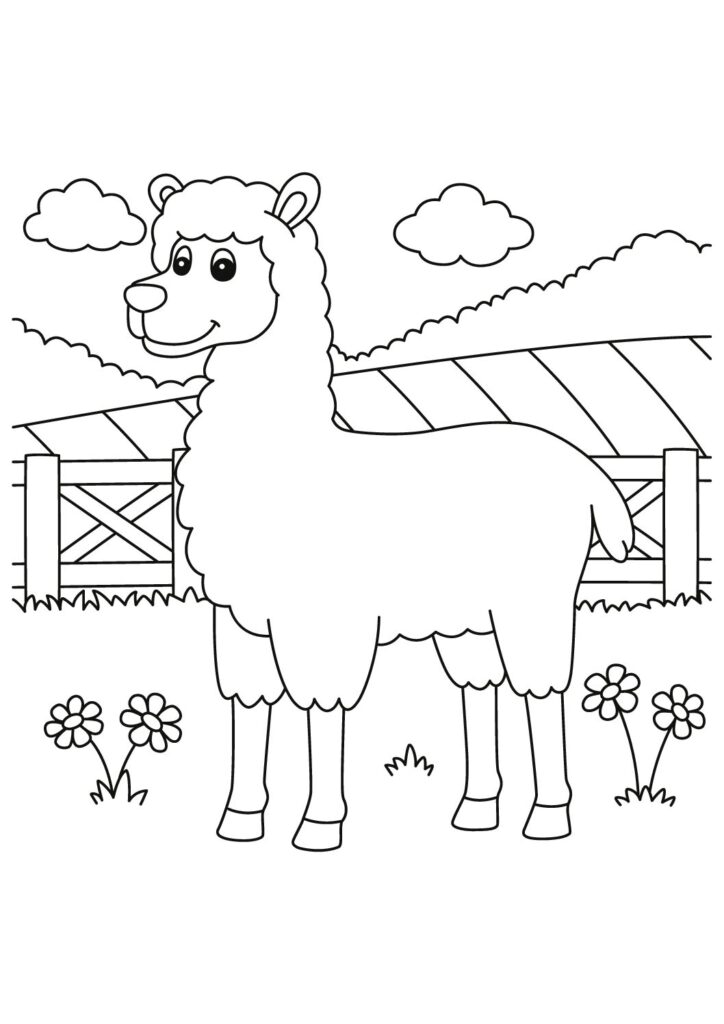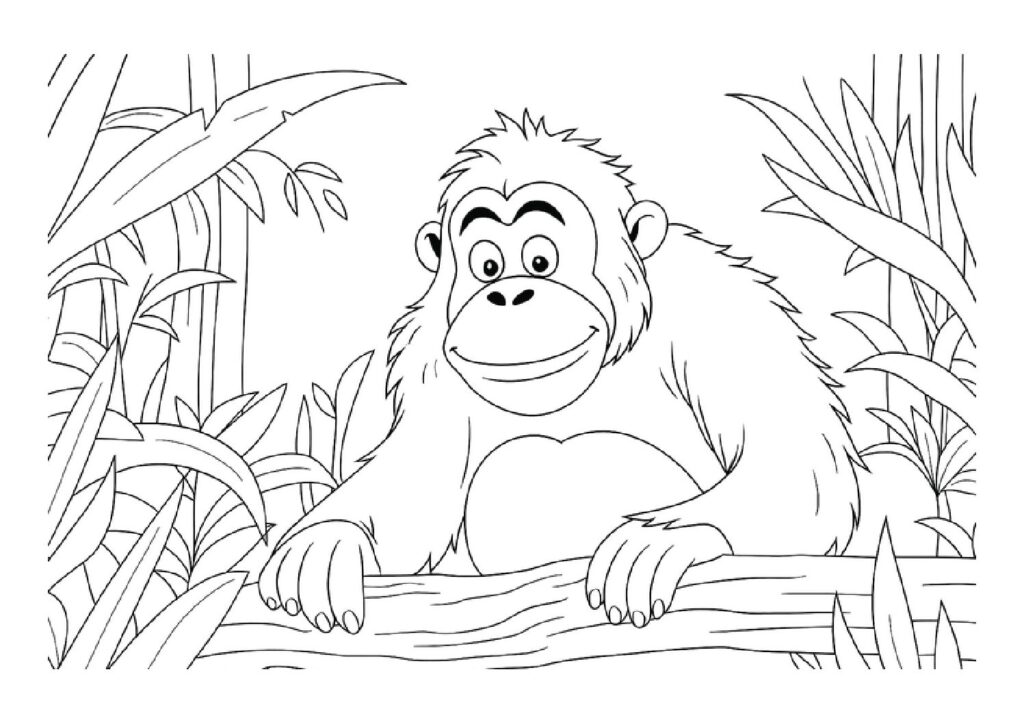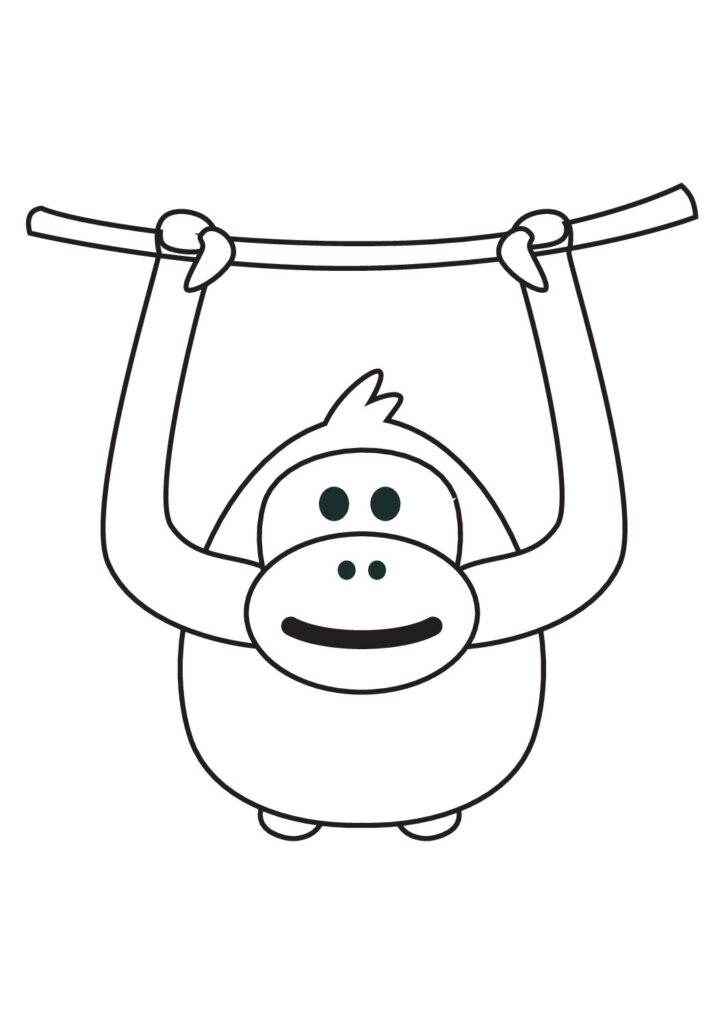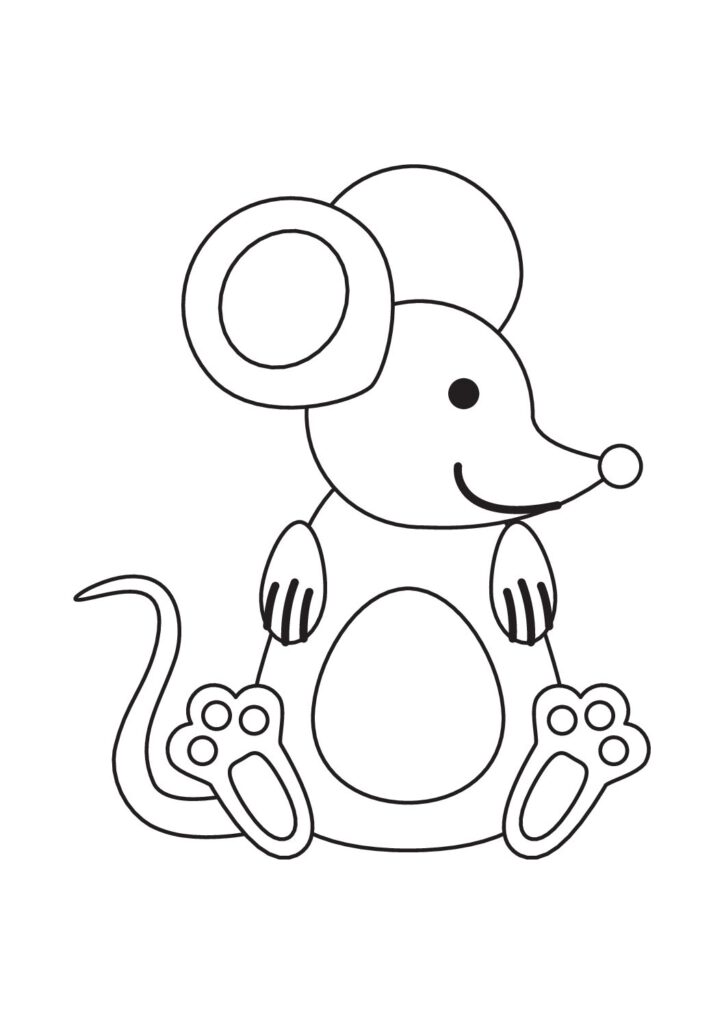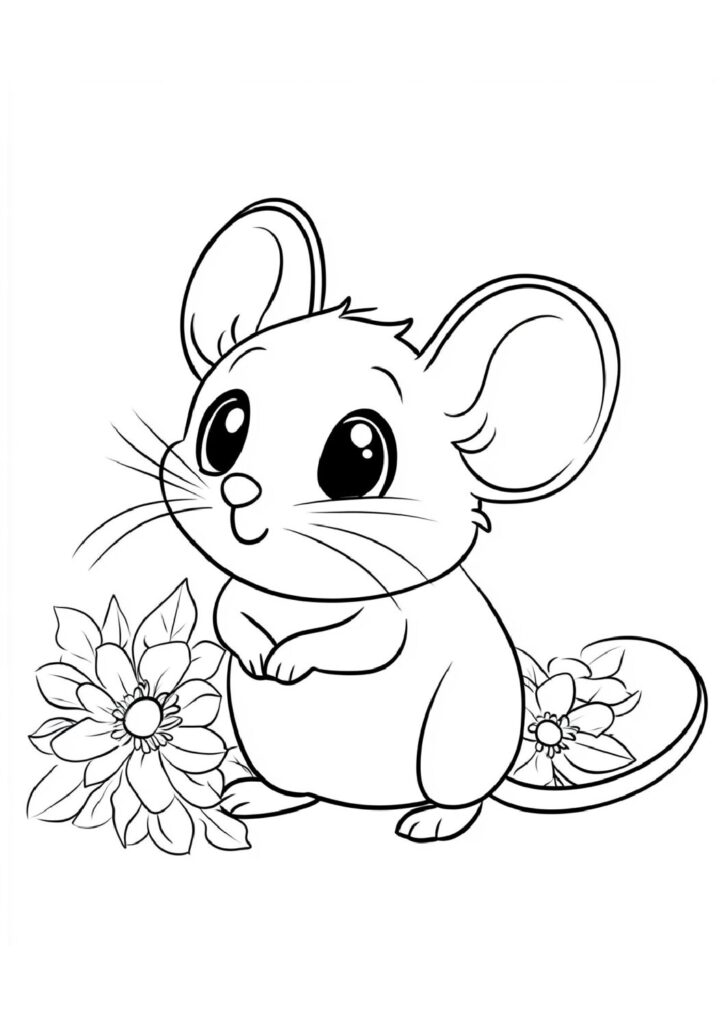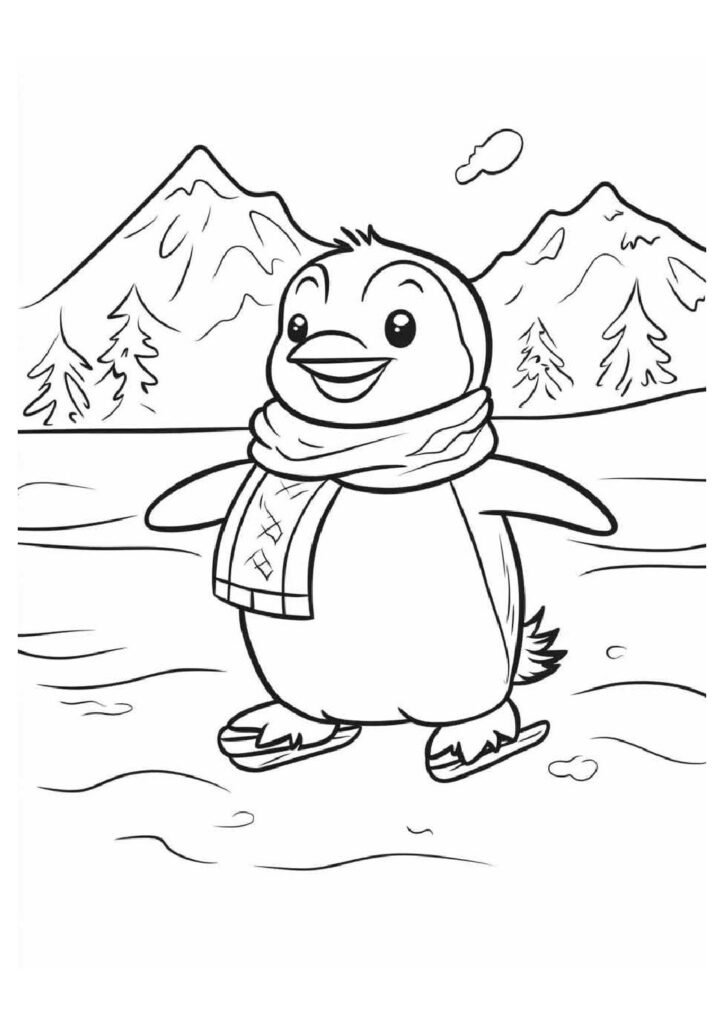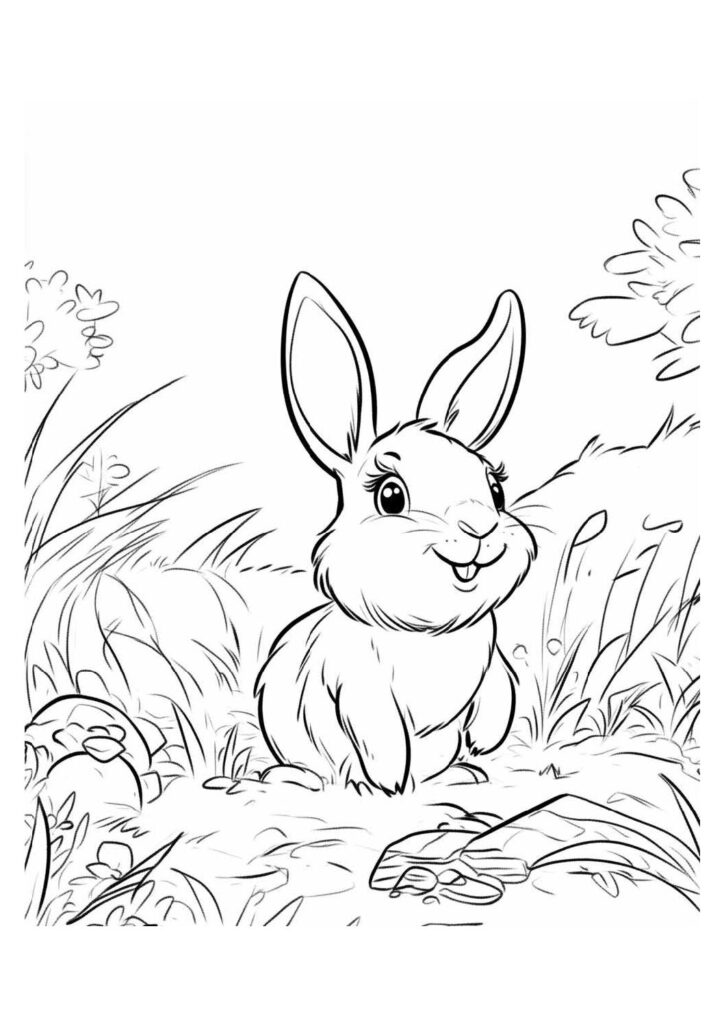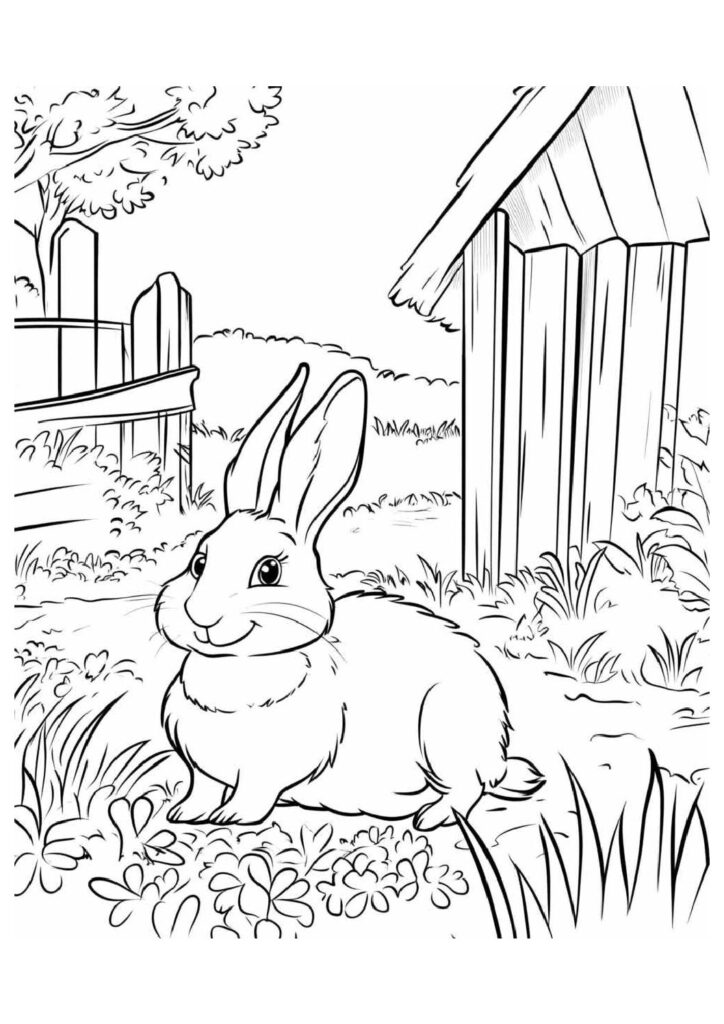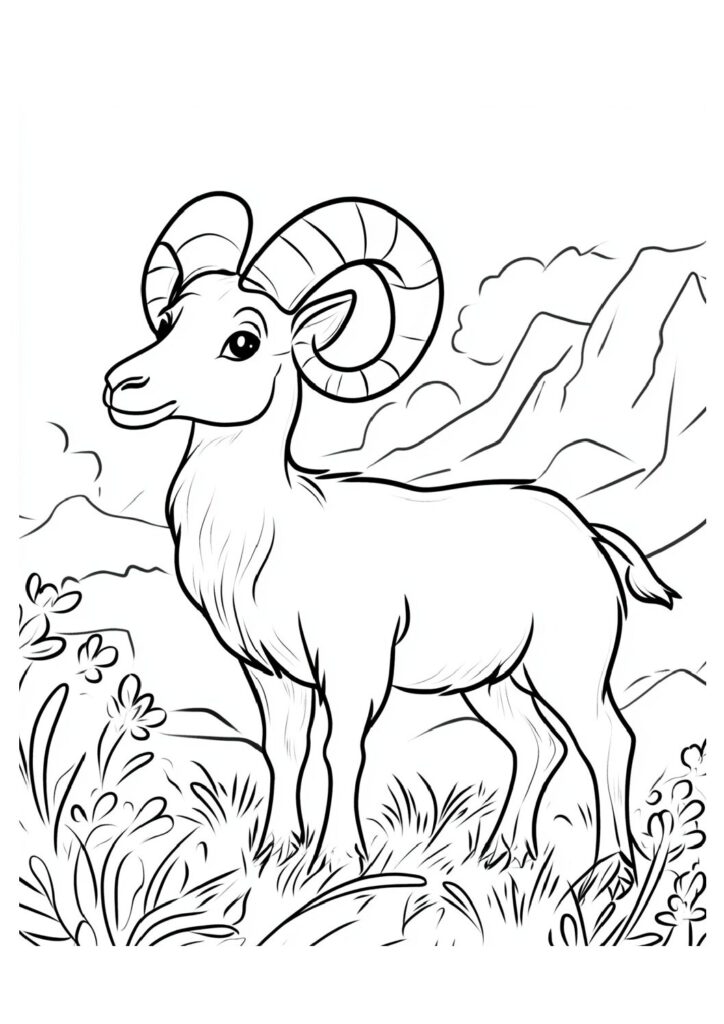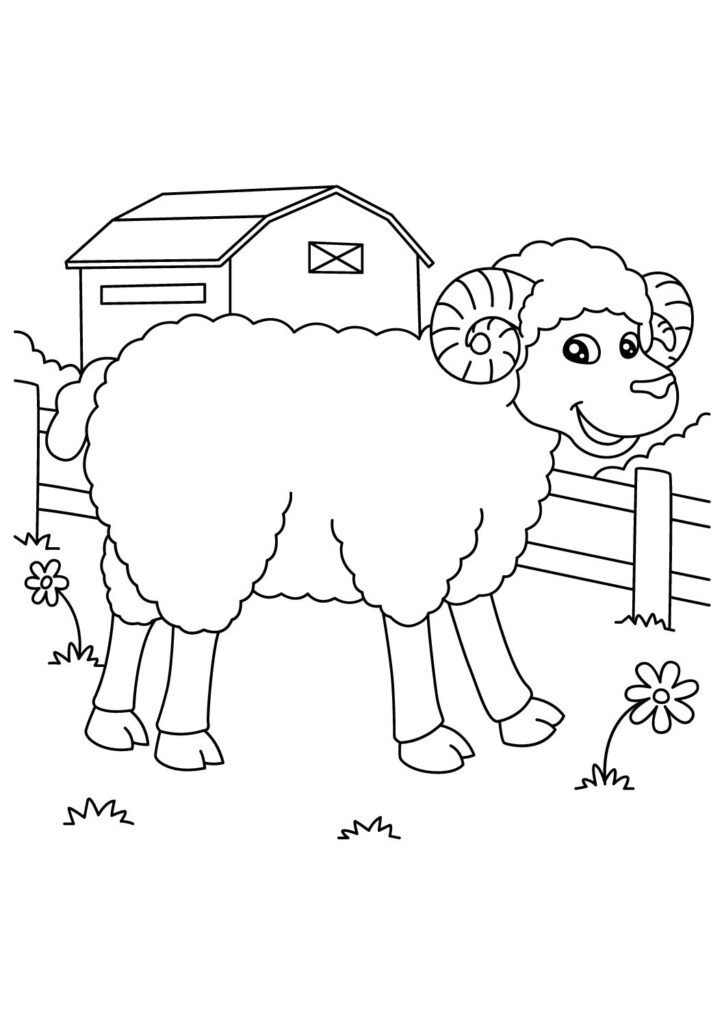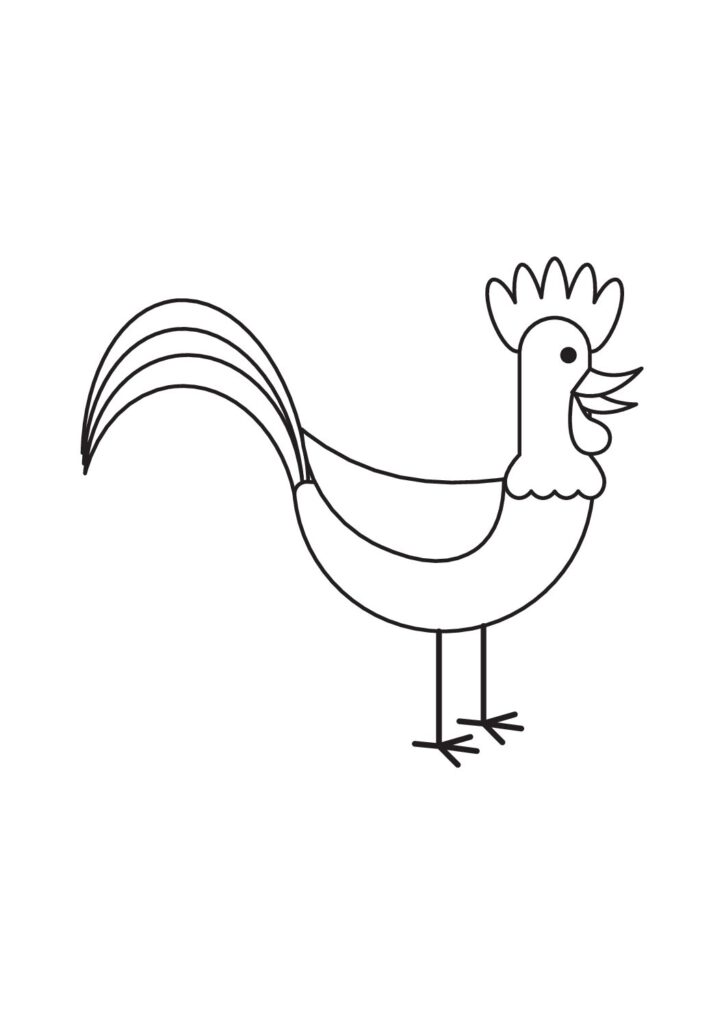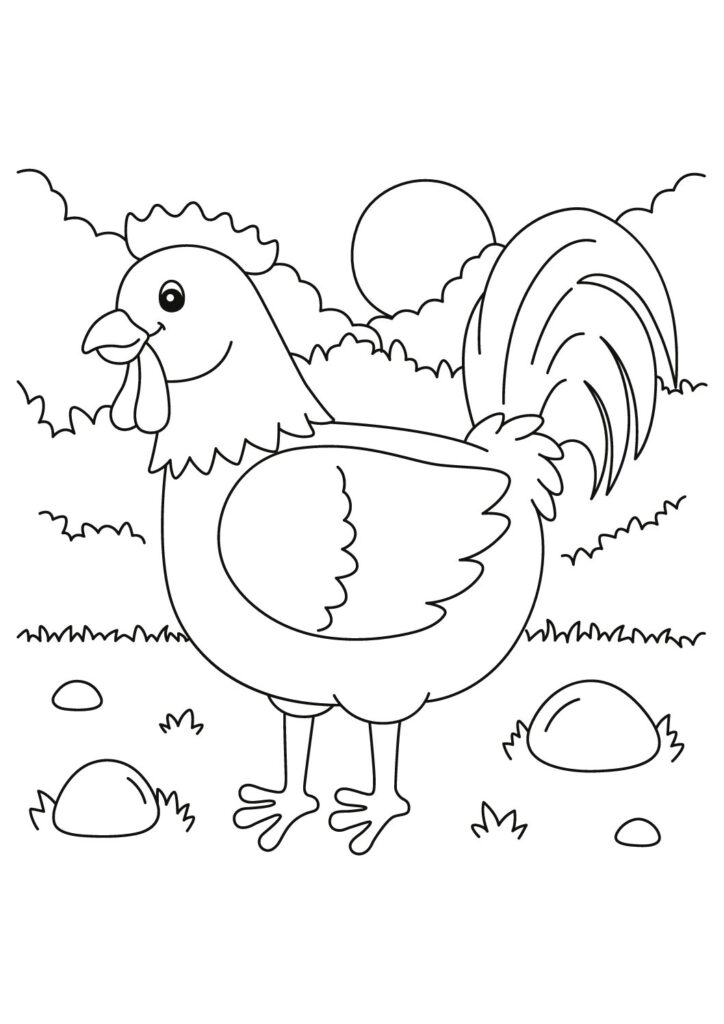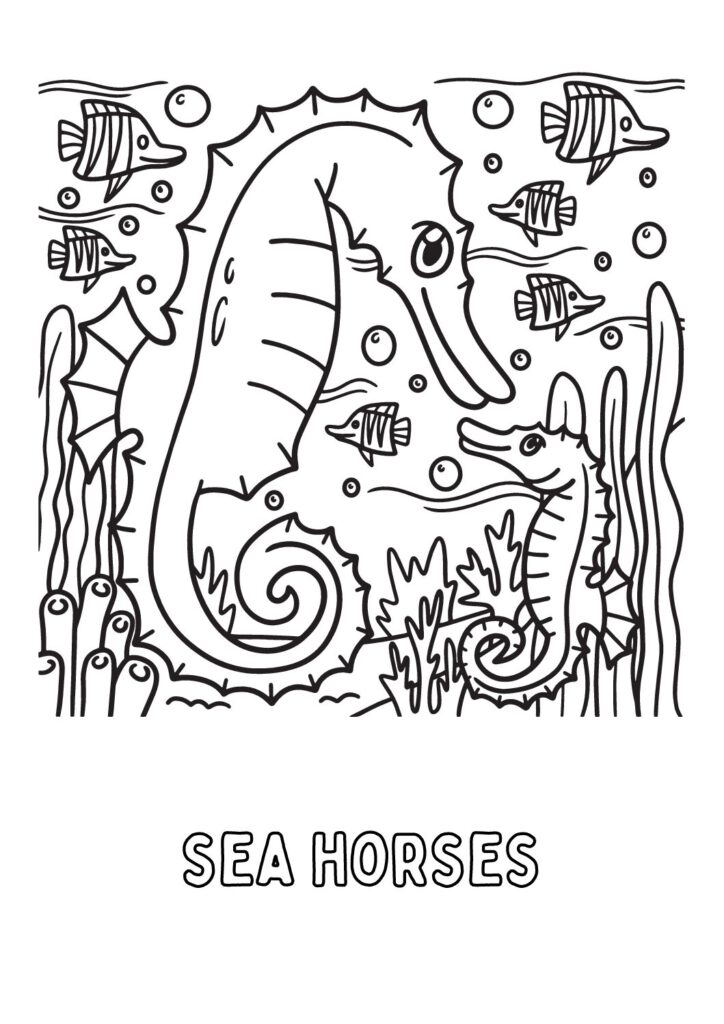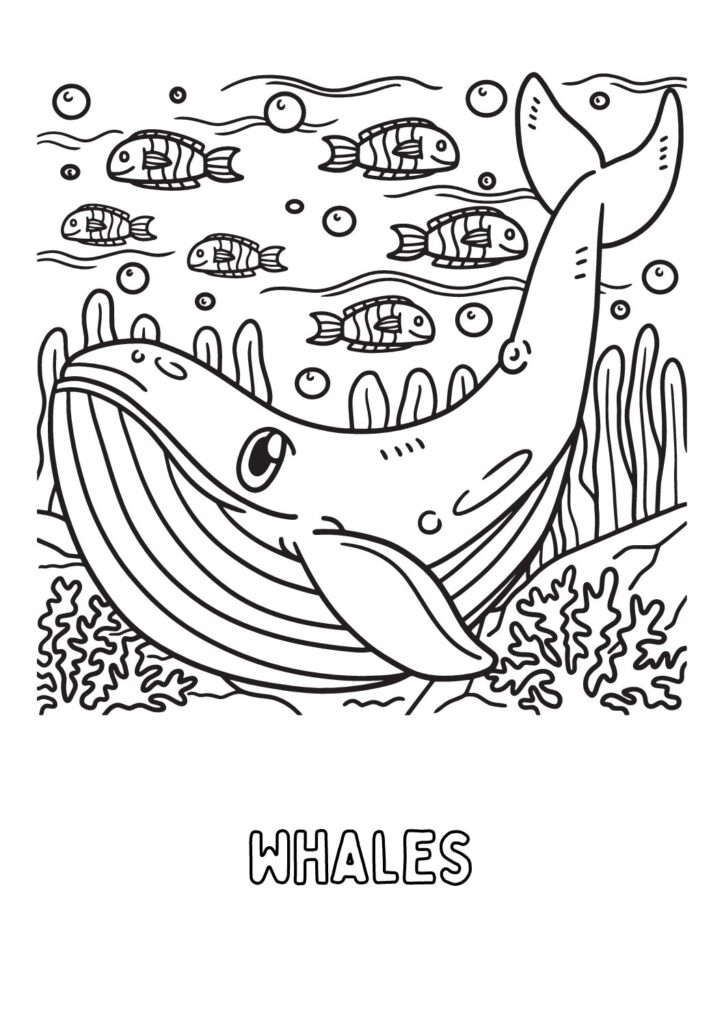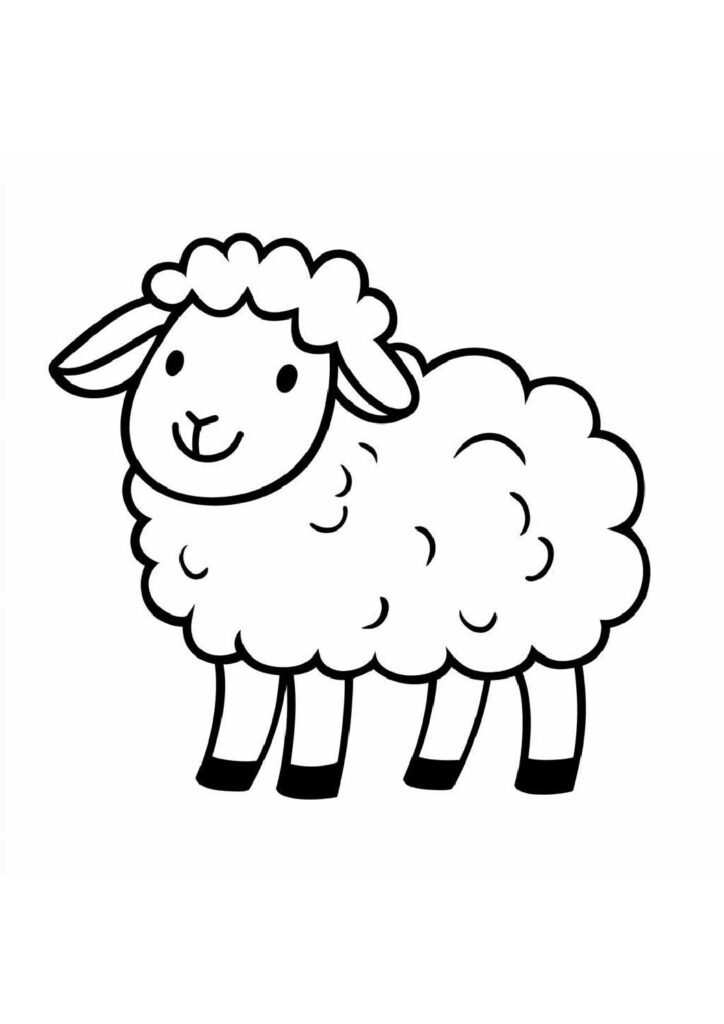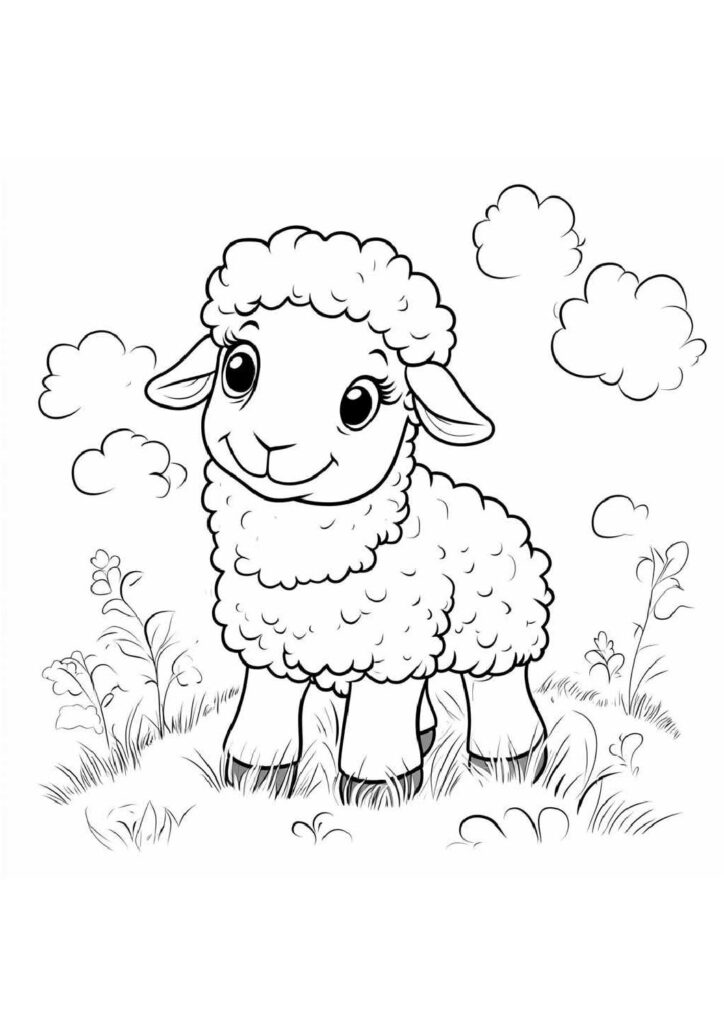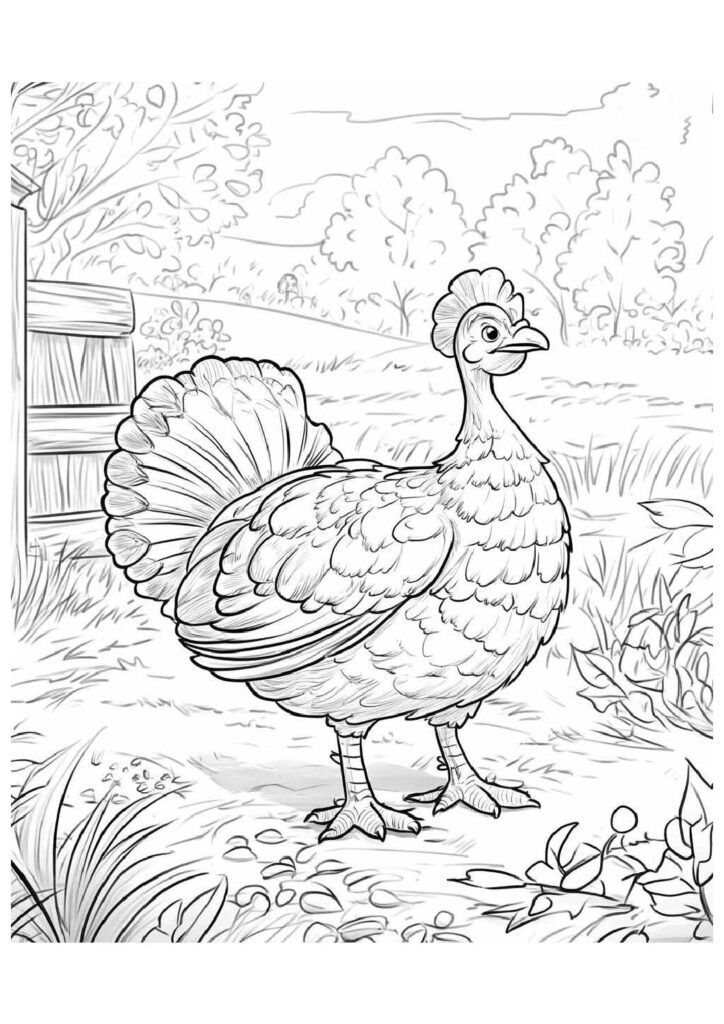4 Free Bull Coloring Pages for Download (Printable PDF)
Unleash our free printable collection of bull coloring pages featuring these powerful and majestic animals in dynamic poses! Download these high-quality sheets showcasing popular breeds like the Spanish fighting bull, Texas Longhorn, and mighty Brahman bull displaying their impressive horns and muscular builds. Perfect for kids and farm animal enthusiasts, these detailed animal coloring pages capture the strong nature of these remarkable creatures known for their strength and commanding presence. Each printable sheet brings these magnificent bovines to life, highlighting their distinctive features, powerful shoulders, and proud stances!
Powerful Bull Facts: The Ultimate Guide to These Impressive Bovines
Introduction
Bulls represent the intact (non-castrated) male members of various bovine species, most commonly referring to domestic cattle (Bos taurus) but also including bison, water buffalo, and yaks. These impressive animals have played crucial roles throughout human civilization, symbolizing strength and virility across cultures while demonstrating remarkable physical capabilities and complex social behaviors.
Extraordinary Strength
Adult bulls typically weigh between 1,100-2,200 pounds (500-1,000 kg), with exceptional specimens reaching beyond 3,000 pounds, generating pulling force exceeding 900 kg when properly motivated. Their muscular development results from higher testosterone levels that create more pronounced shoulder and neck musculature compared to steers and cows, giving them their distinctive powerful appearance.
Sensory Capabilities
Bulls possess nearly 360-degree panoramic vision due to eye placement on the sides of their heads, though they experience a small blind spot directly behind them. Their color perception differs from humans—contrary to popular belief, bulls don’t react specifically to red (they’re dichromatic and red-green colorblind), but respond instead to perceived threats and movement, explaining why matadors use the cape’s motion rather than its color to provoke charges.
Behavioral Characteristics
Dominant bulls establish and maintain hierarchies within herds through physical displays and combat, with positioning determined primarily by size, age, and temperament rather than just fighting prowess. Their territorial behavior intensifies during breeding seasons when testosterone levels peak, leading to increased aggression toward rival males while demonstrating surprisingly gentle behavior with females and calves.
Cultural Significance
Bulls feature prominently in mythology and religion across civilizations, from ancient Egyptian worship of the Apis bull to the bull-leaping rituals of Minoan Crete dating back 3,500 years. Spanish bullfighting traditions began in the 1700s but have declined as animal welfare concerns increase, while non-lethal bull-related festivals like Spain’s Running of the Bulls and India’s Jallikattu continue with modified practices acknowledging both tradition and ethical considerations.
Working Relationships
Belgian Blue bulls demonstrate extreme muscle development resulting from natural genetic mutations affecting myostatin regulation, creating a “double-muscled” appearance without genetic modification. Specialized breeding programs select for different traits depending on purpose—rodeo bulls are bred for athleticism and unpredictable movement patterns, while agricultural working bulls are selected for docility, size, and stamina.
Conservation Concerns
Several wild bovine species face conservation challenges, including the gaur (Indian bison) and banteng, whose wild populations have declined dramatically due to habitat loss and hunting. Conservation efforts focus on preserving genetic diversity within these species, with particular attention to maintaining heritage breeds of domestic cattle that preserve important genetic traits potentially valuable for future agricultural resilience.
